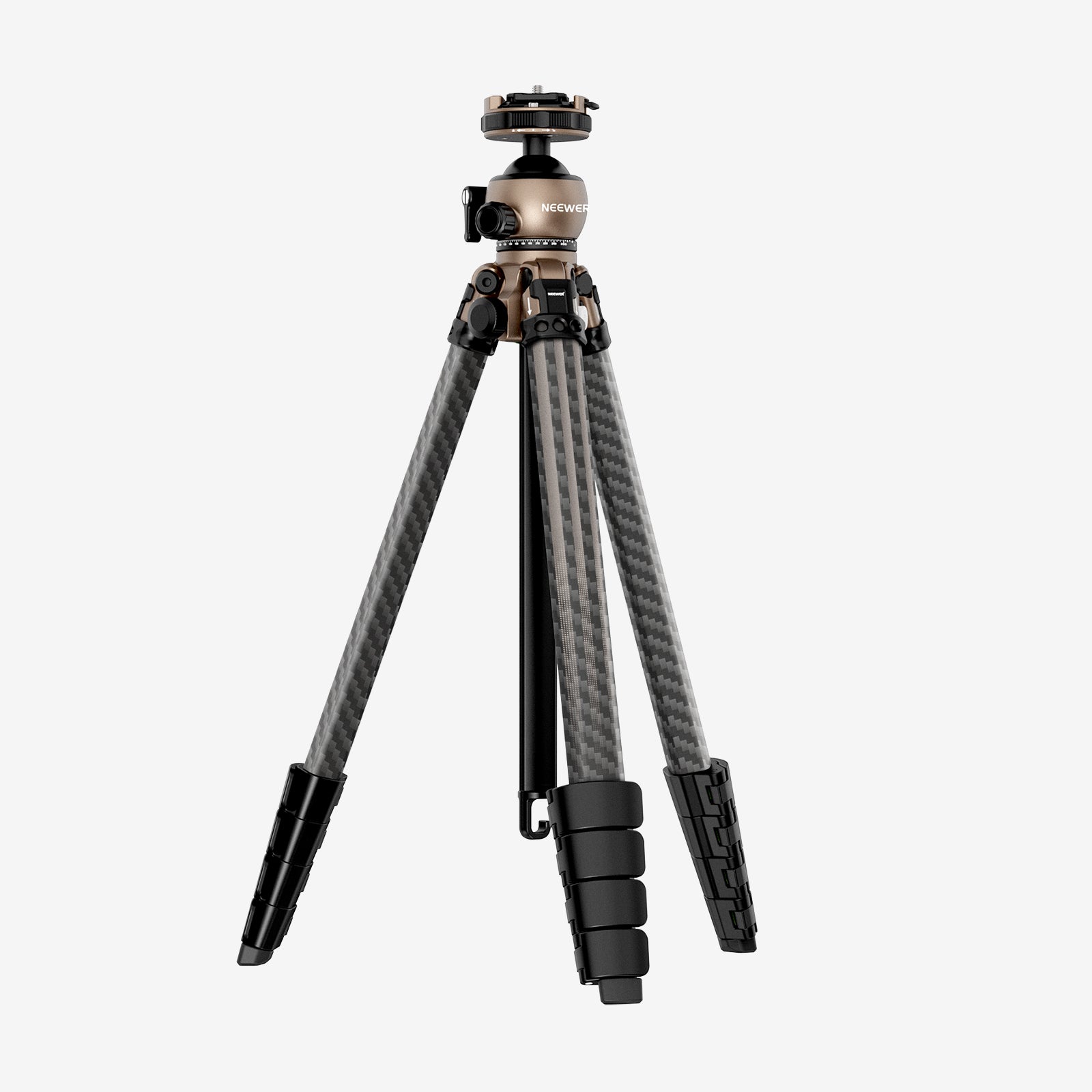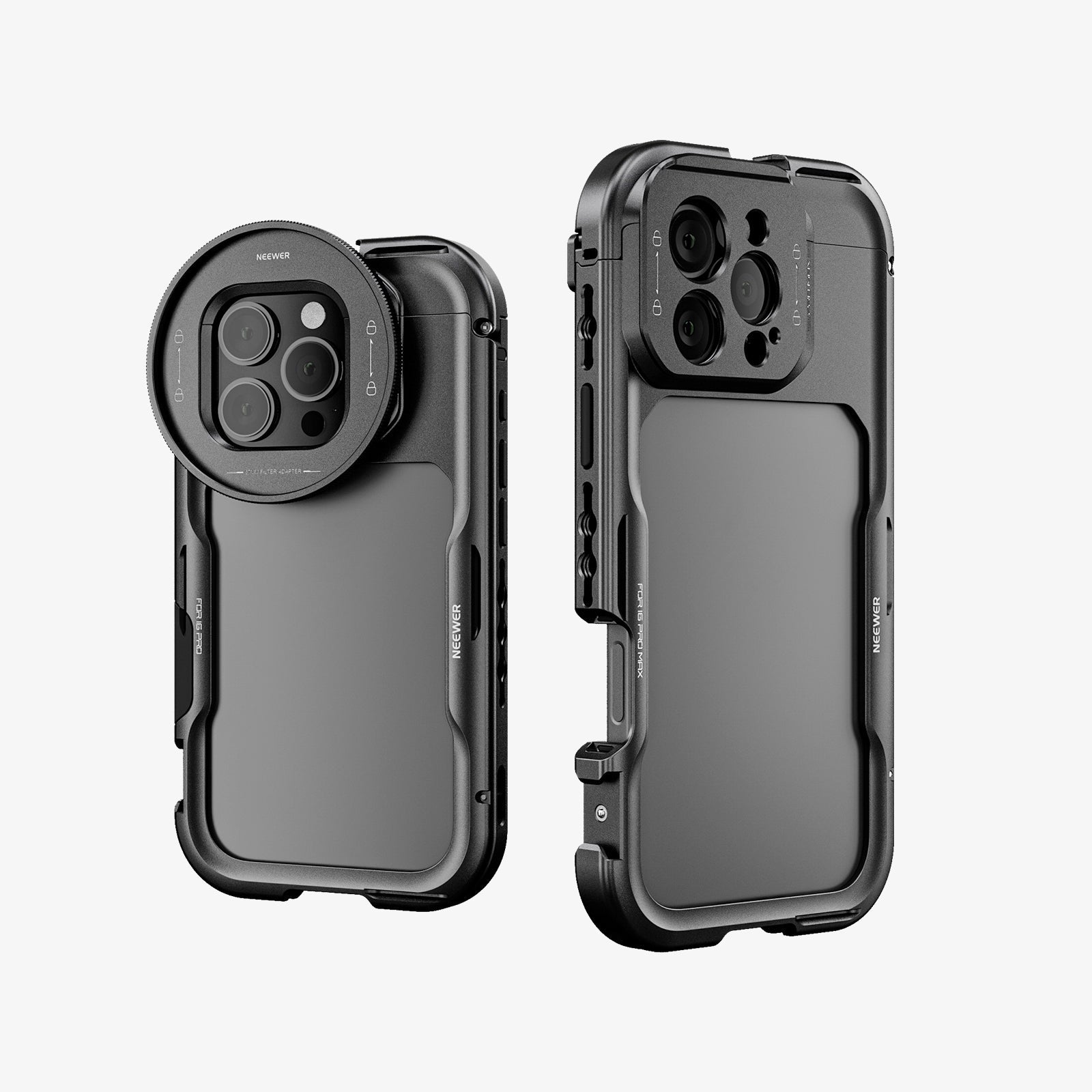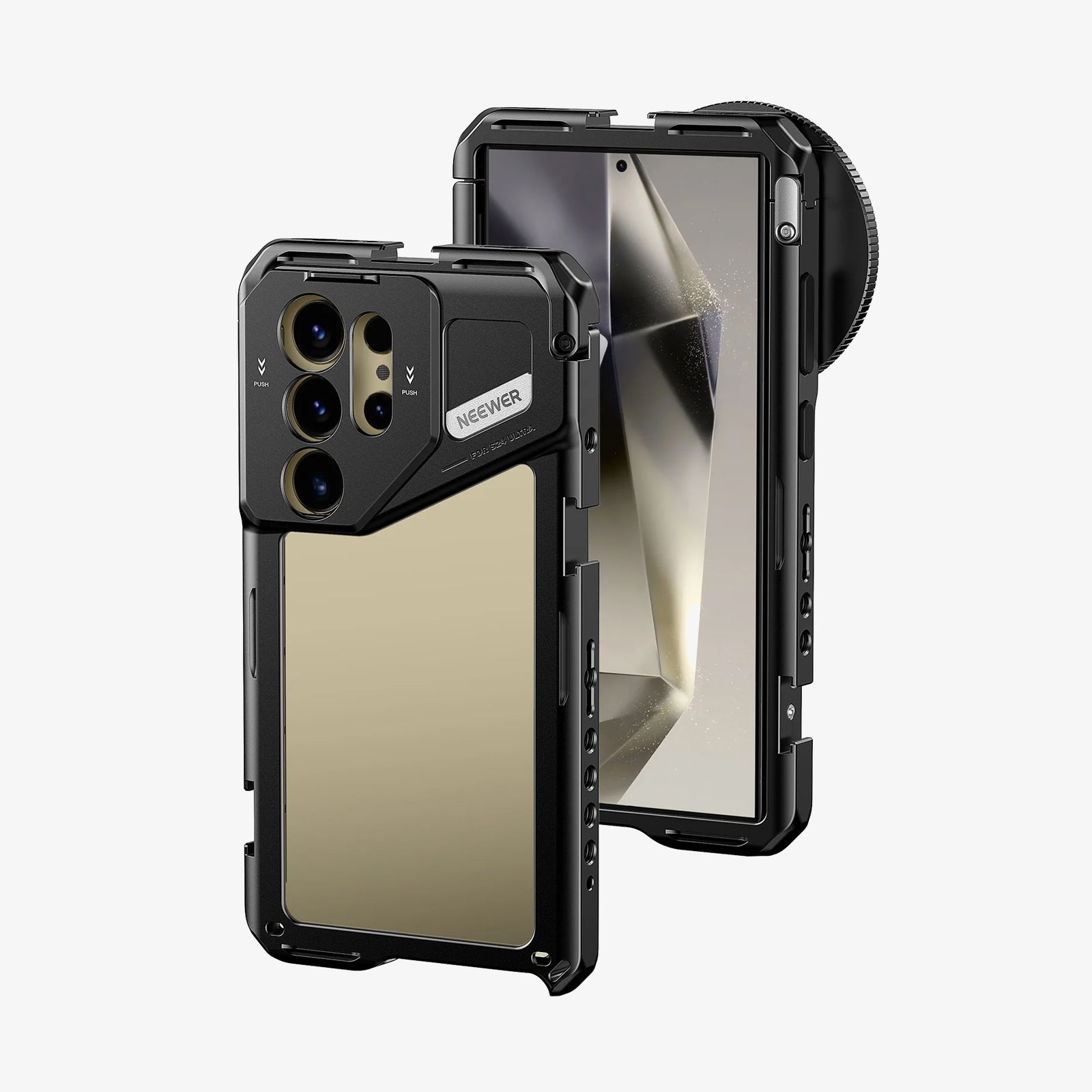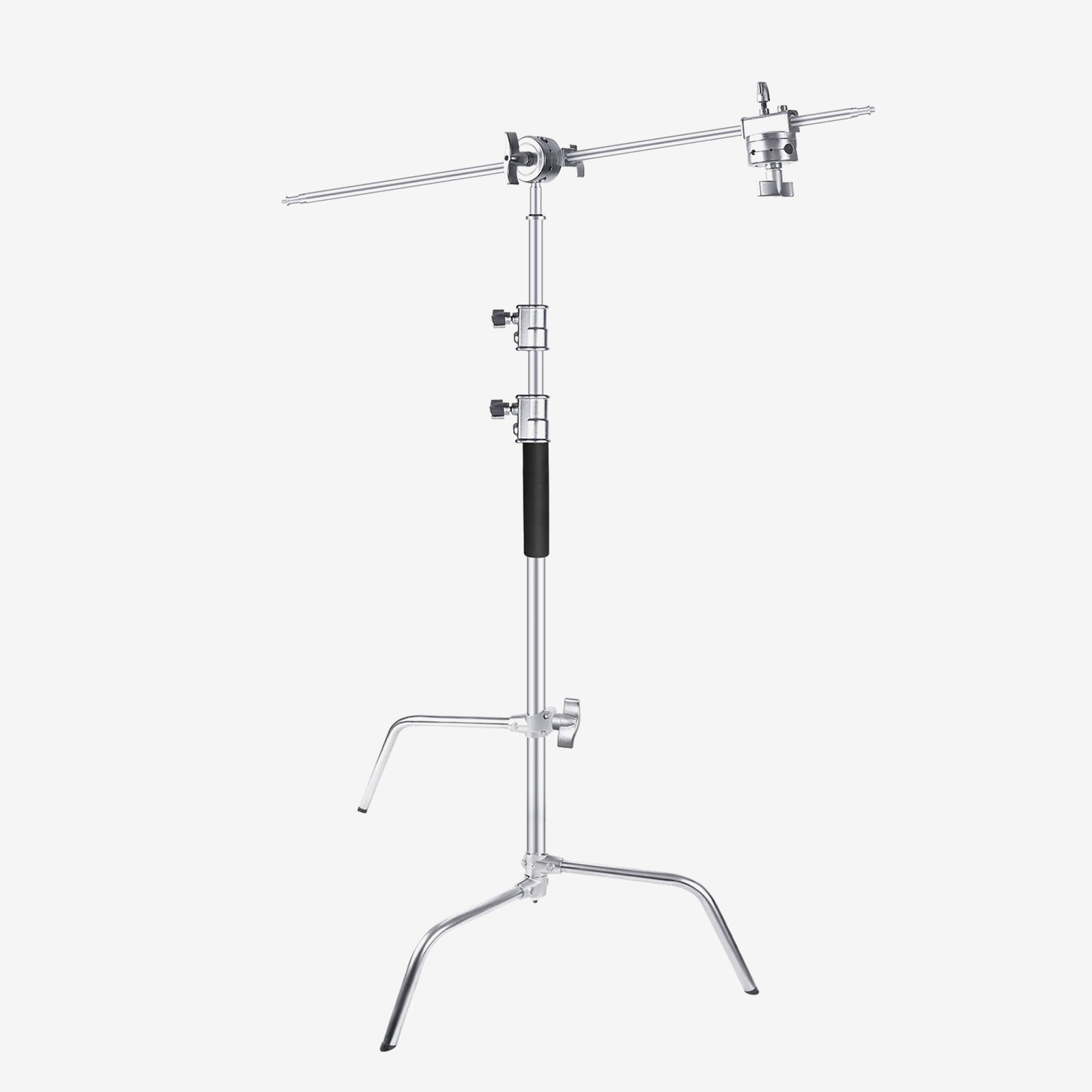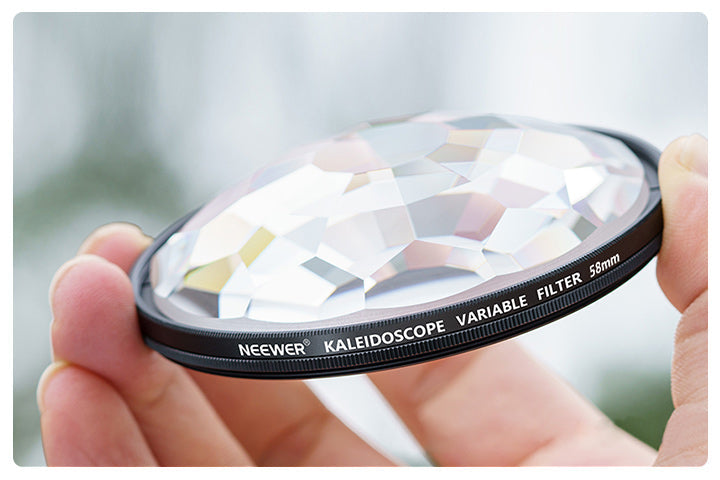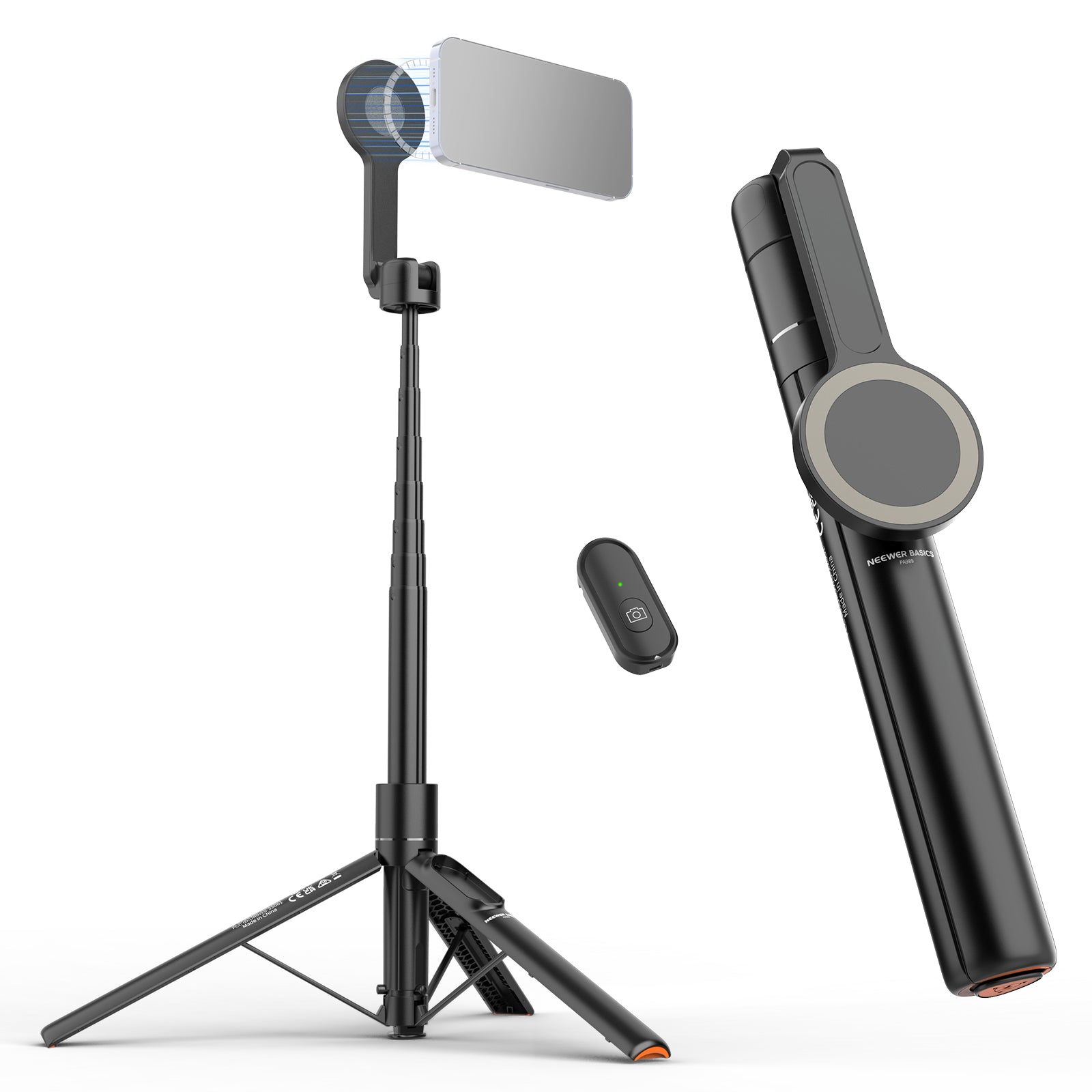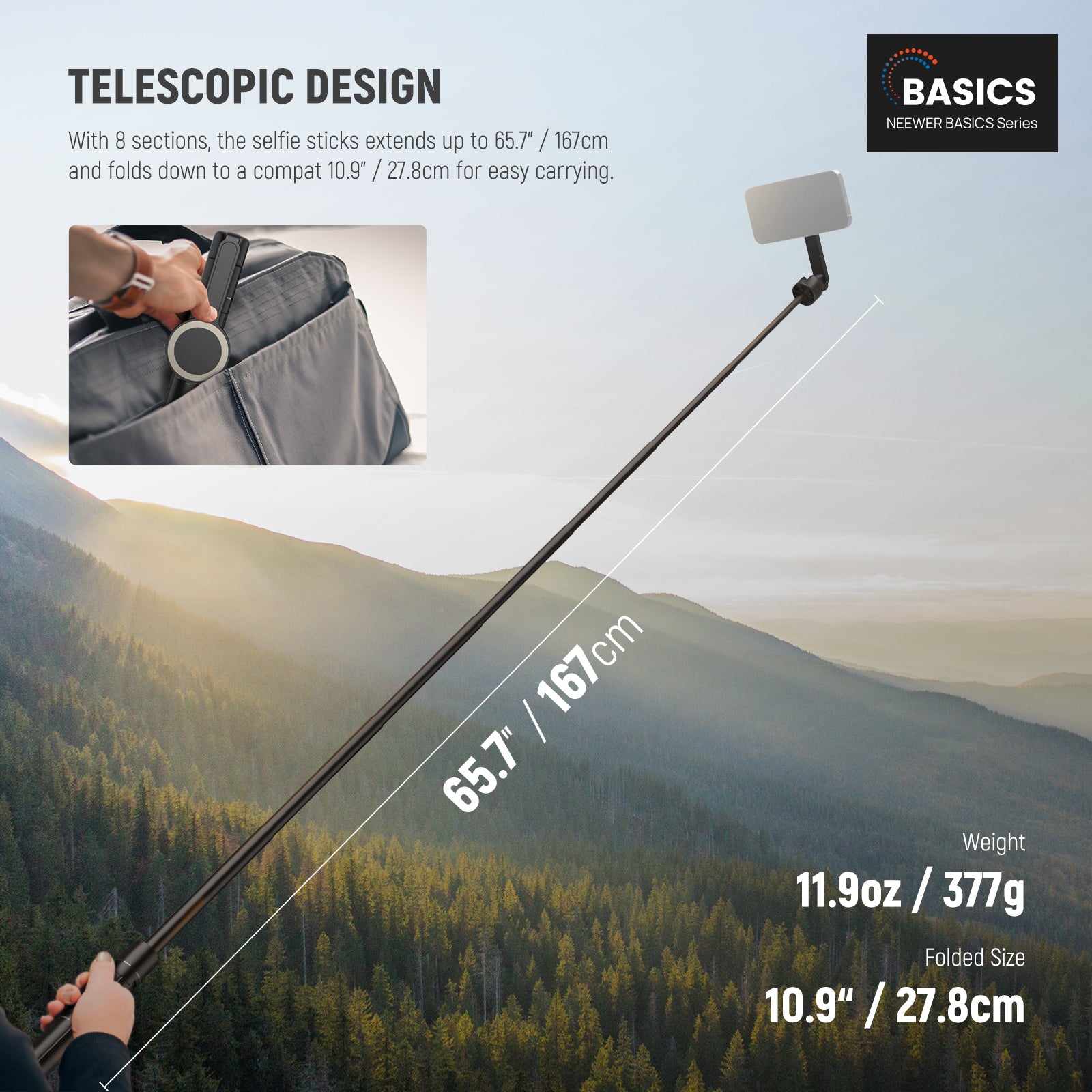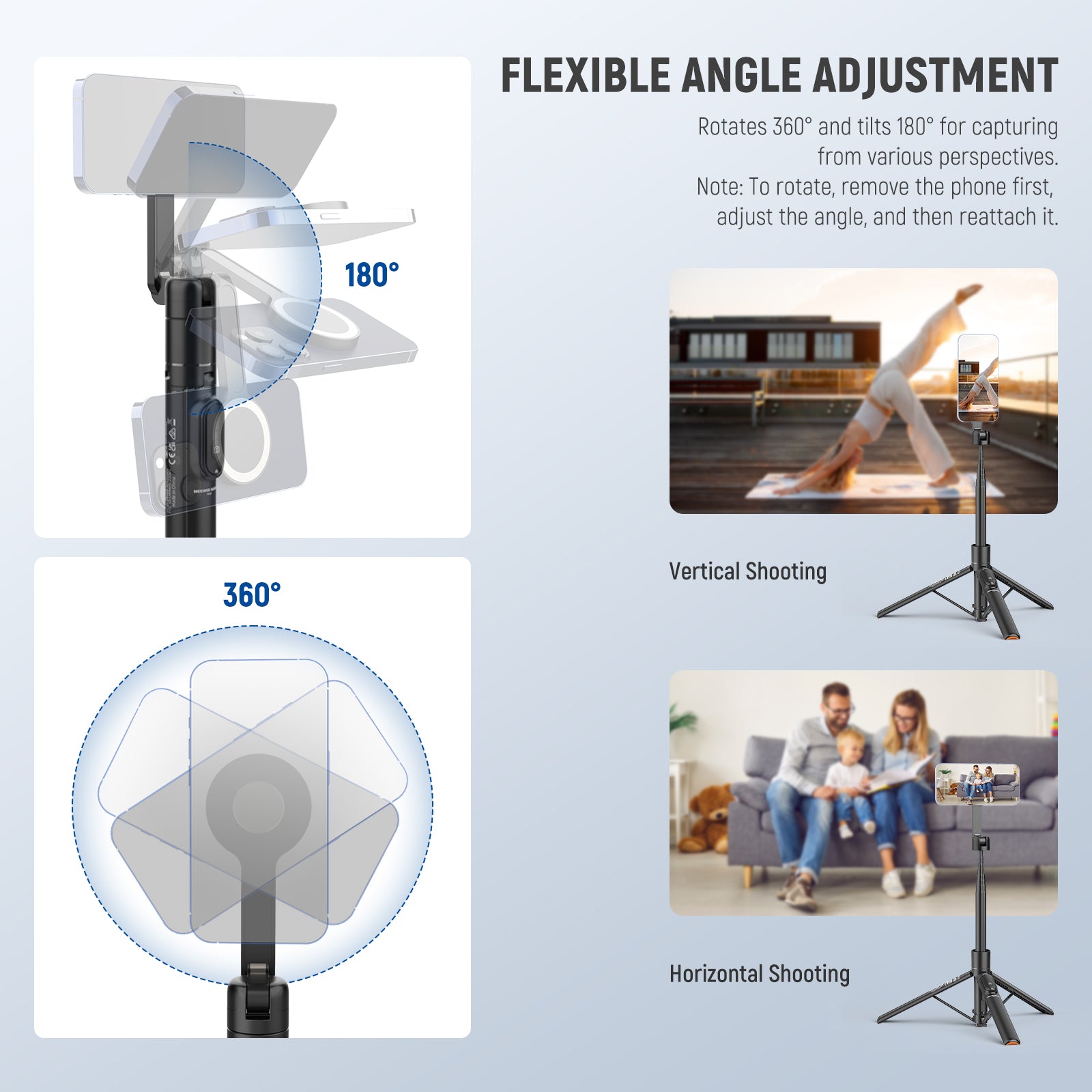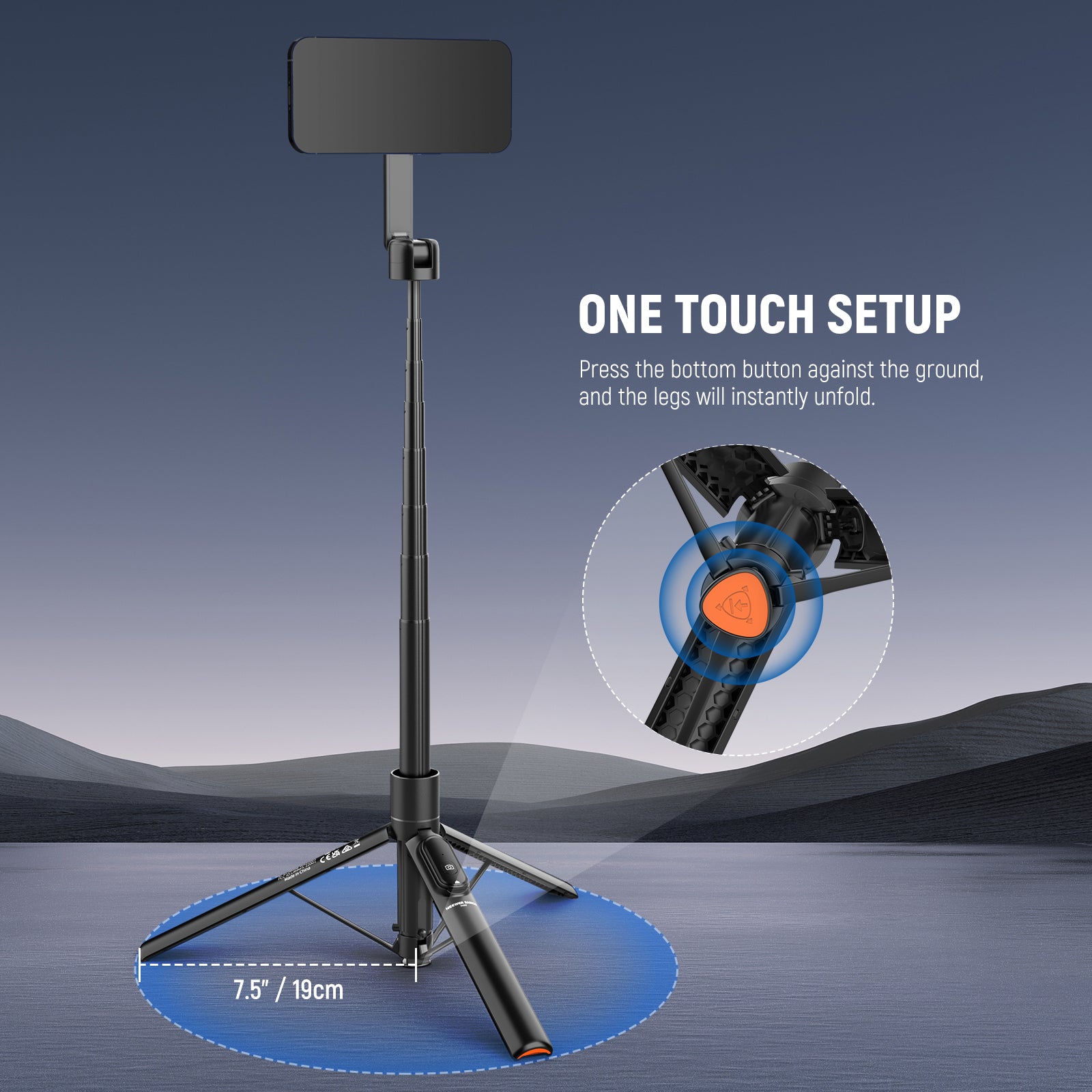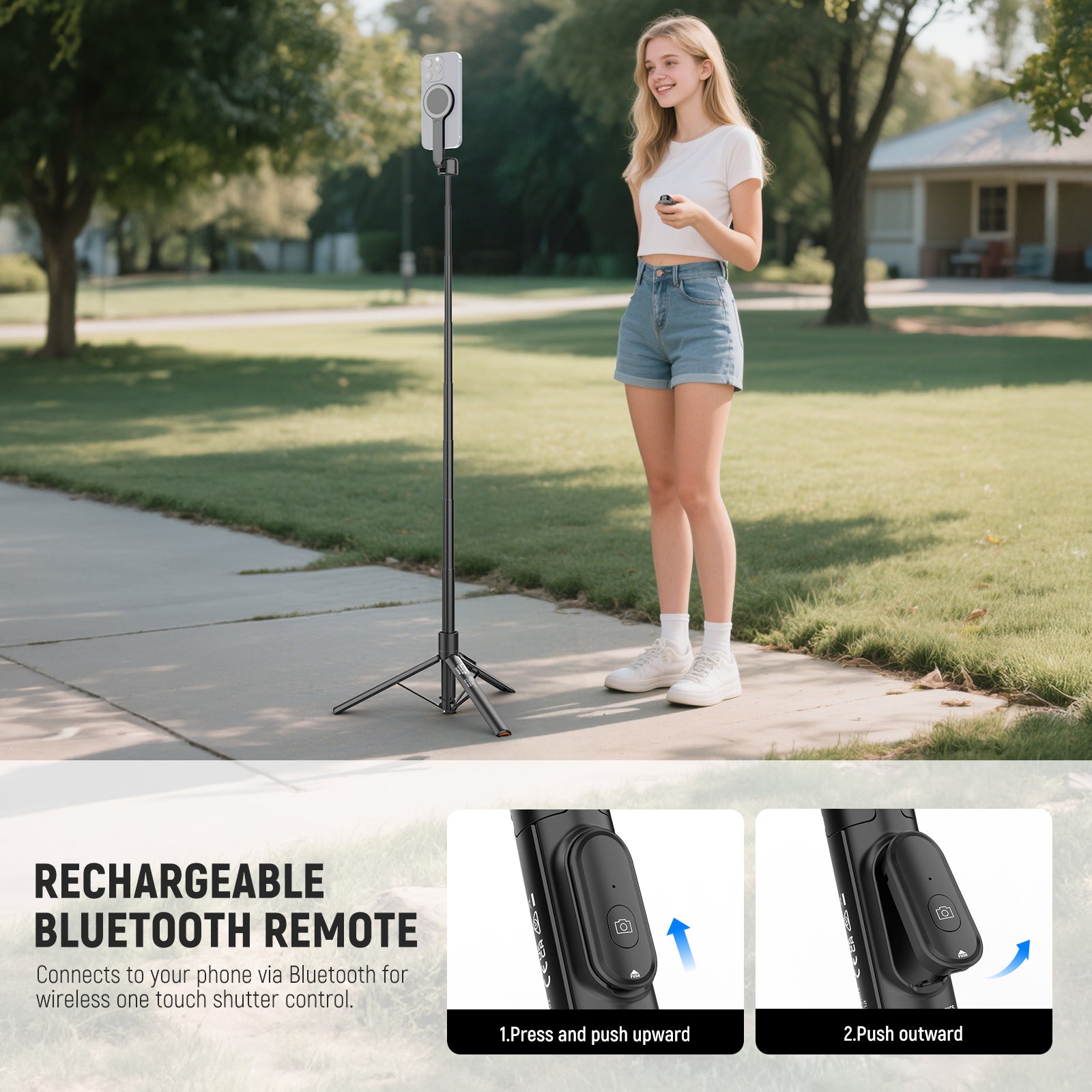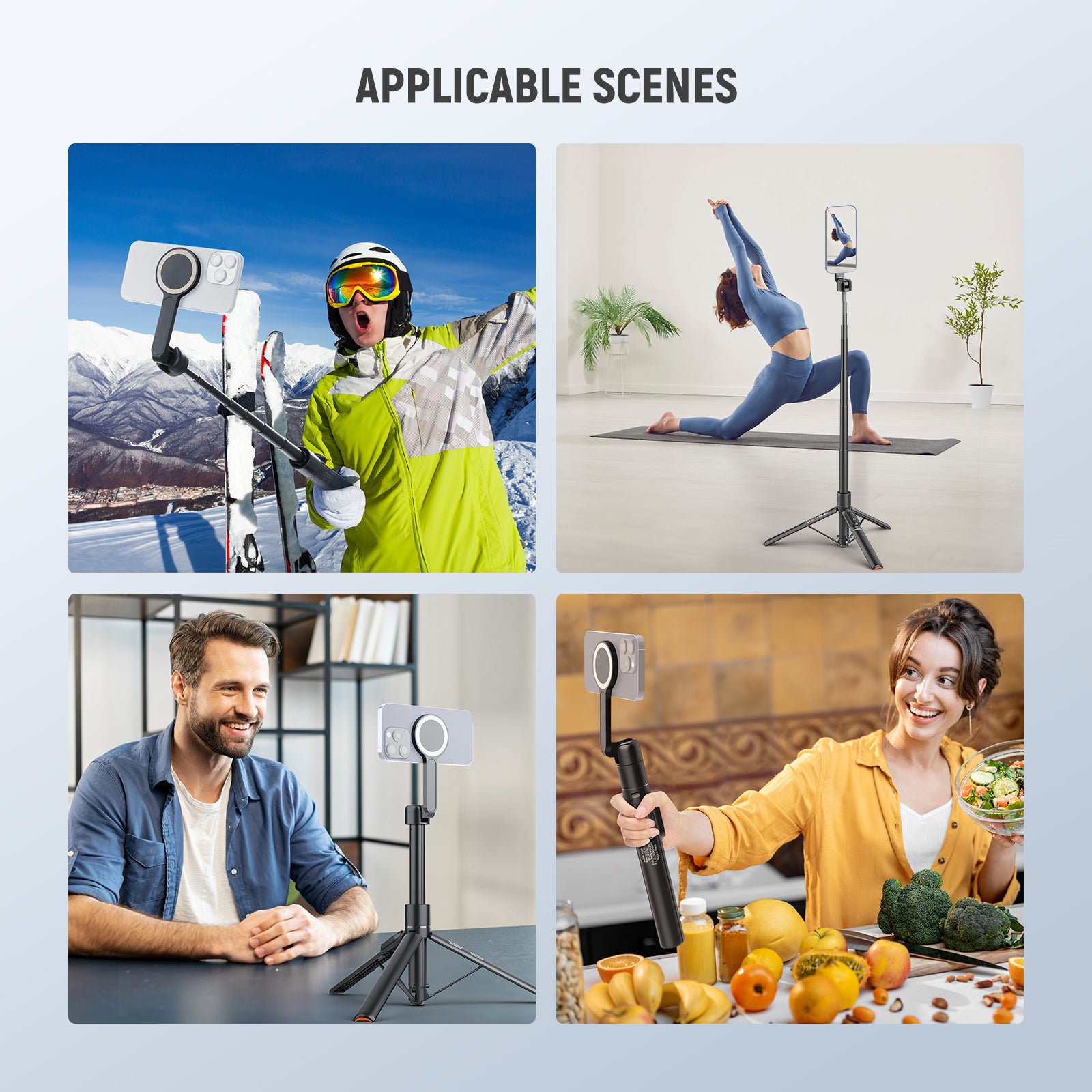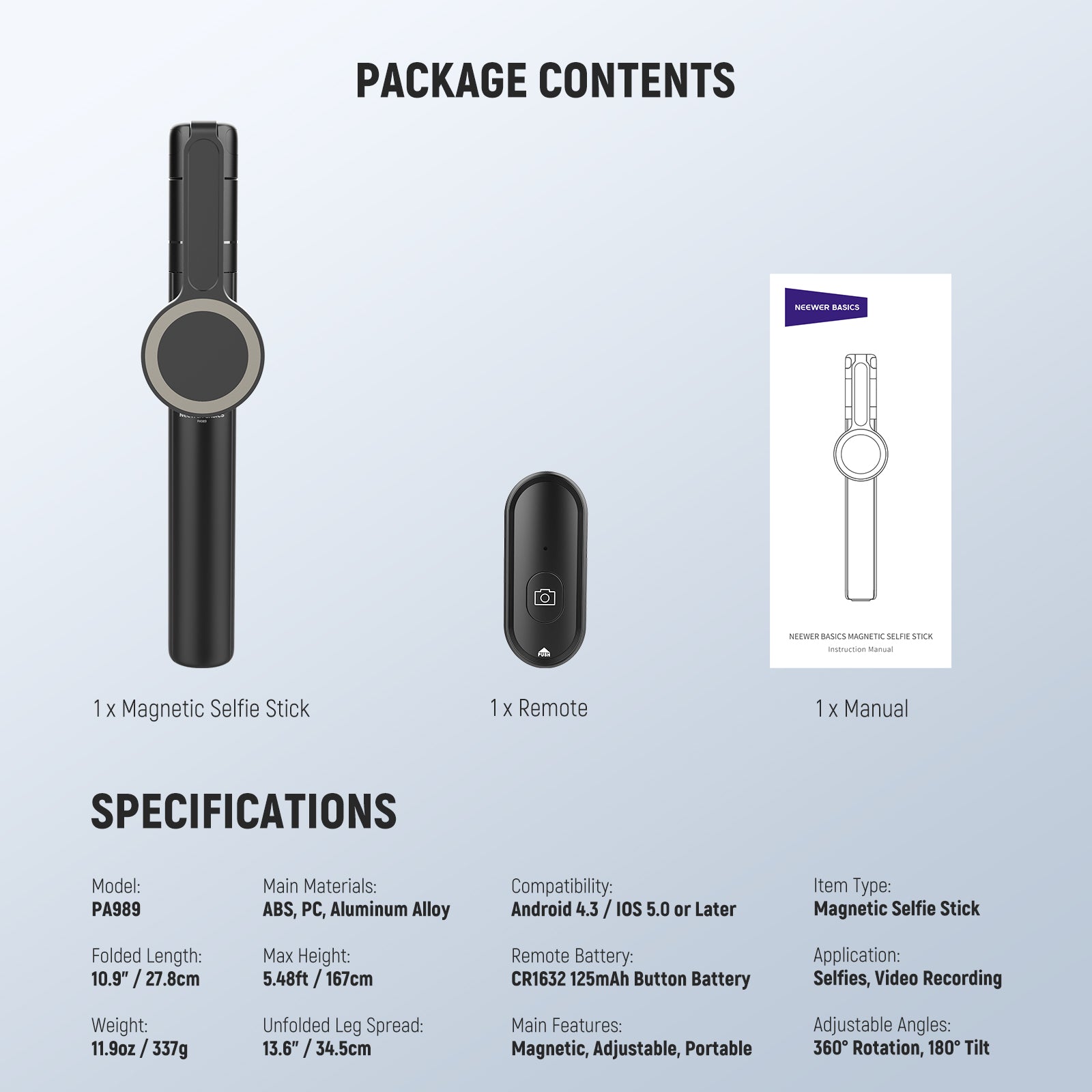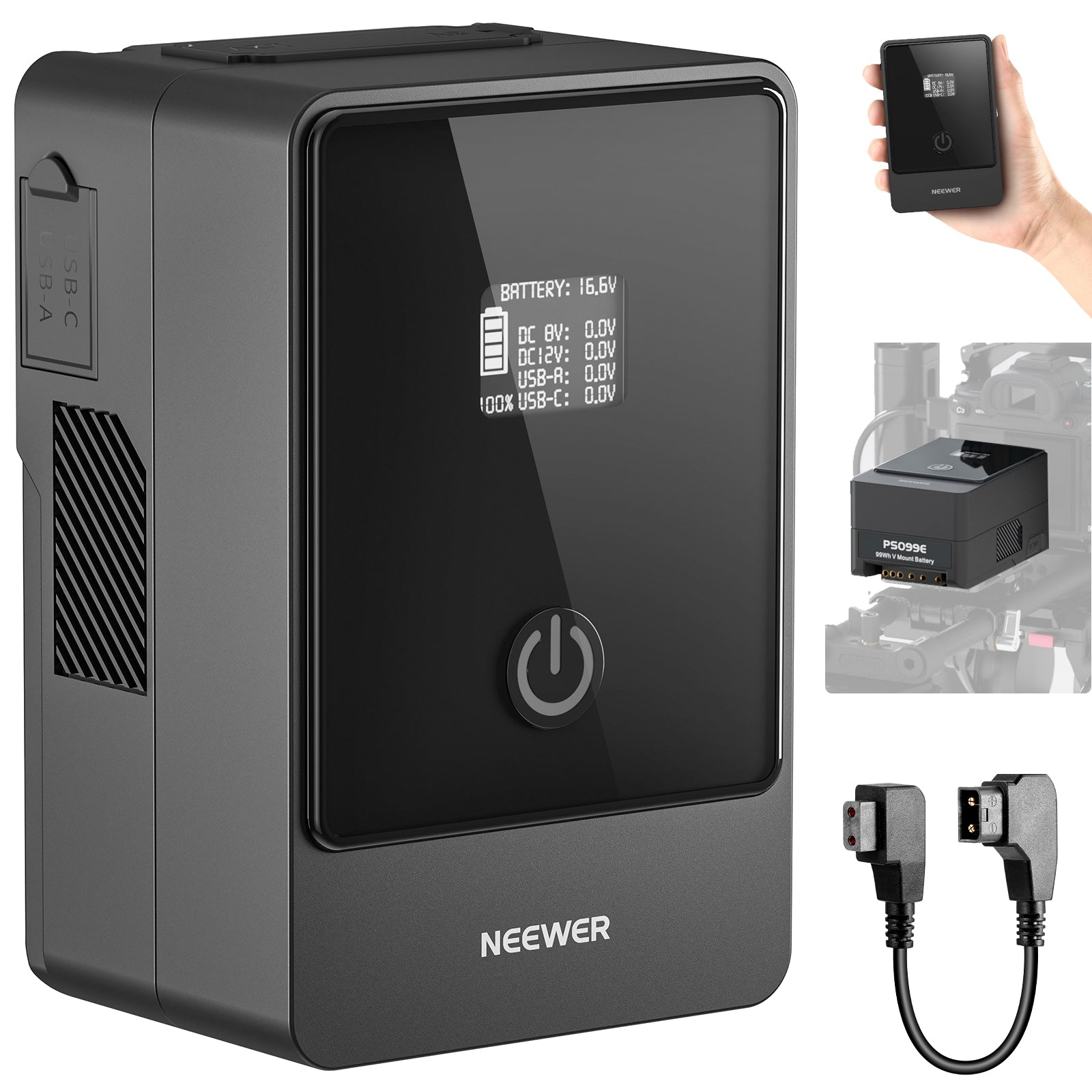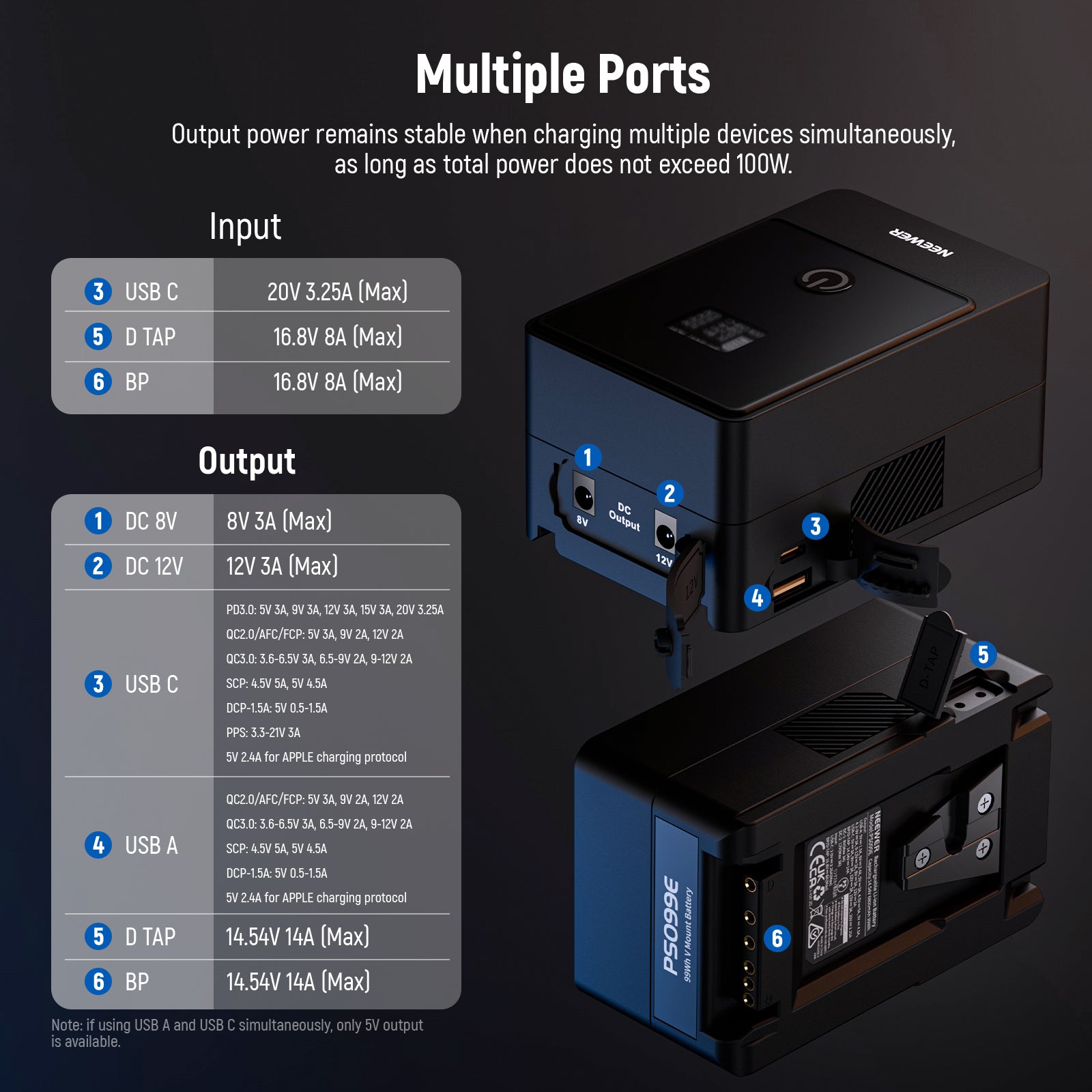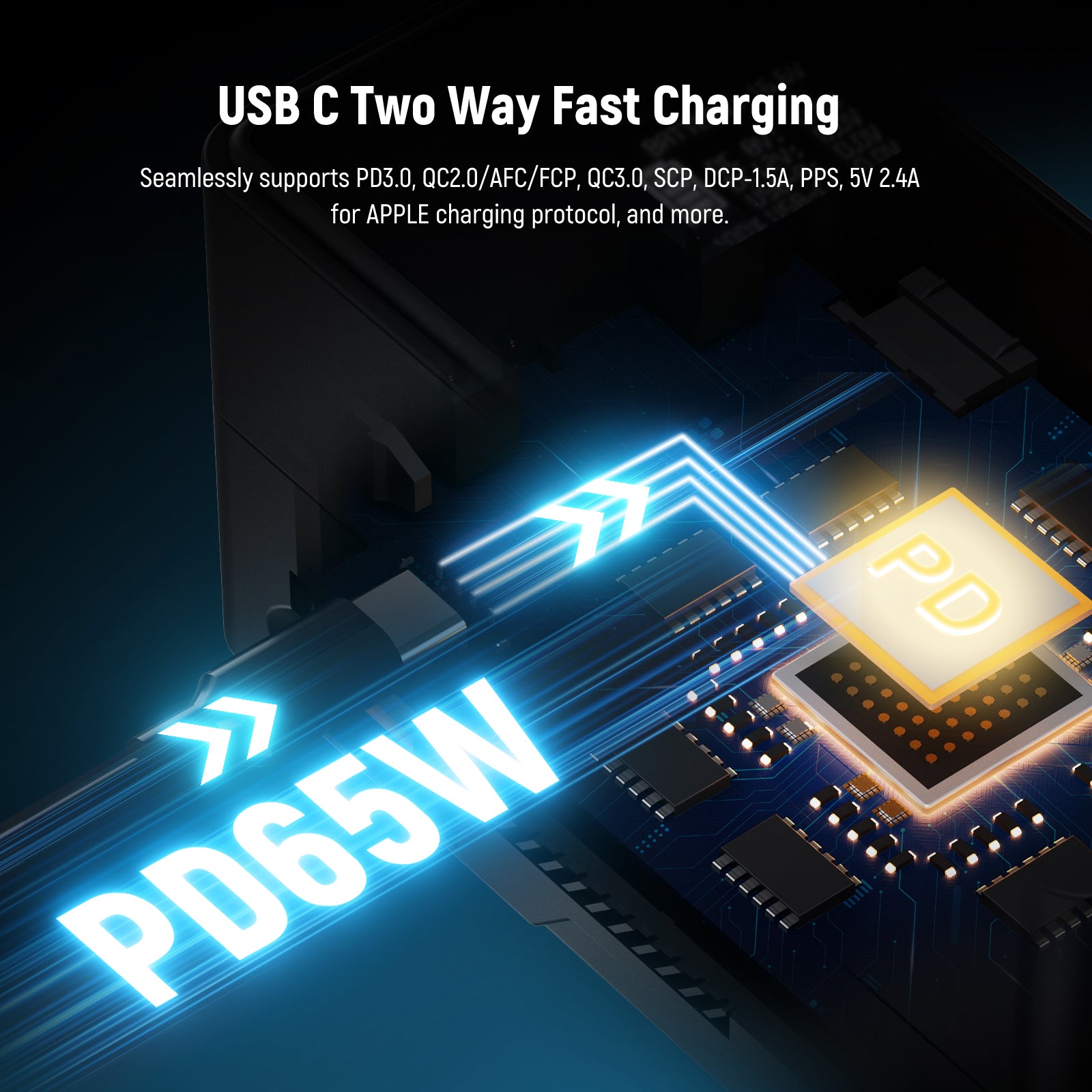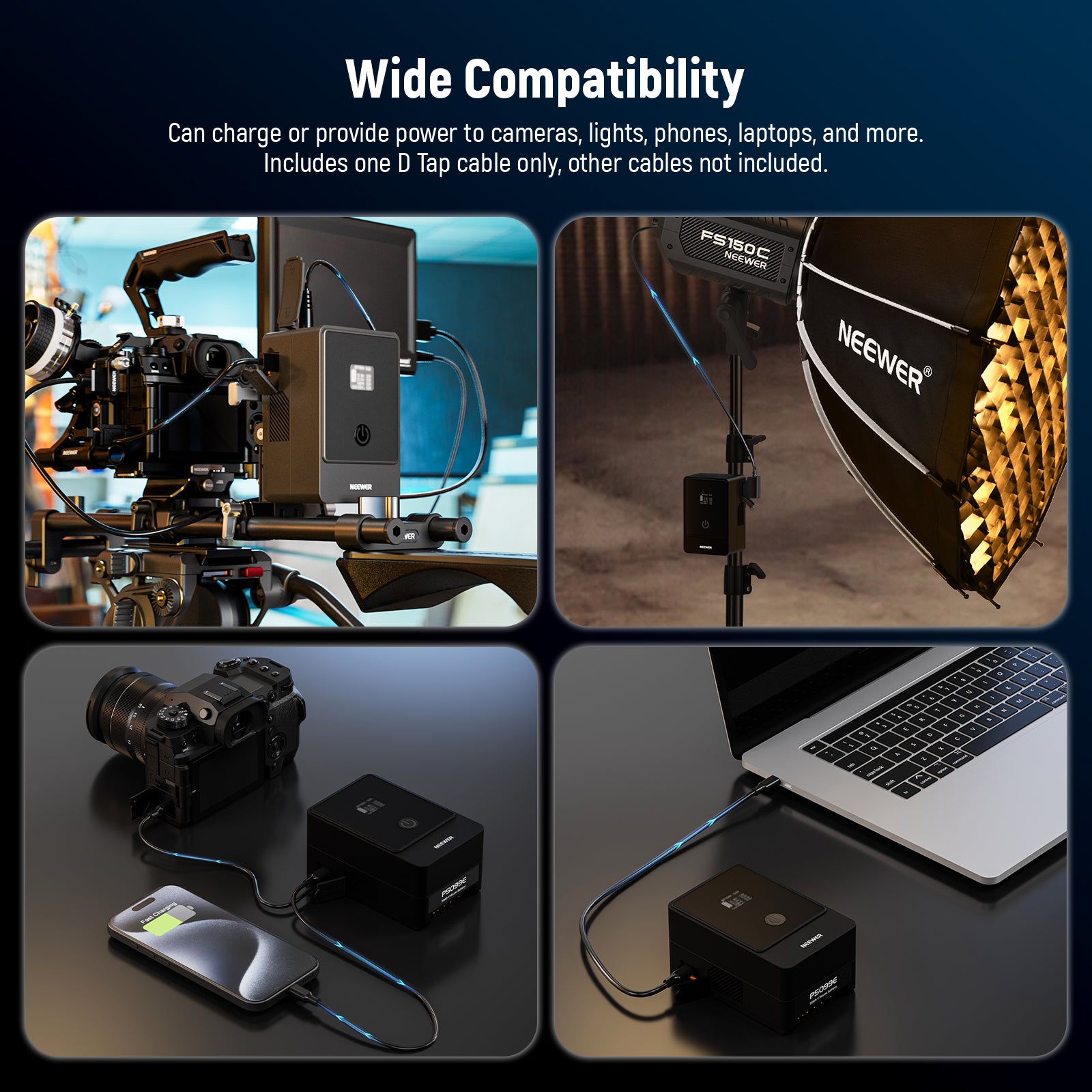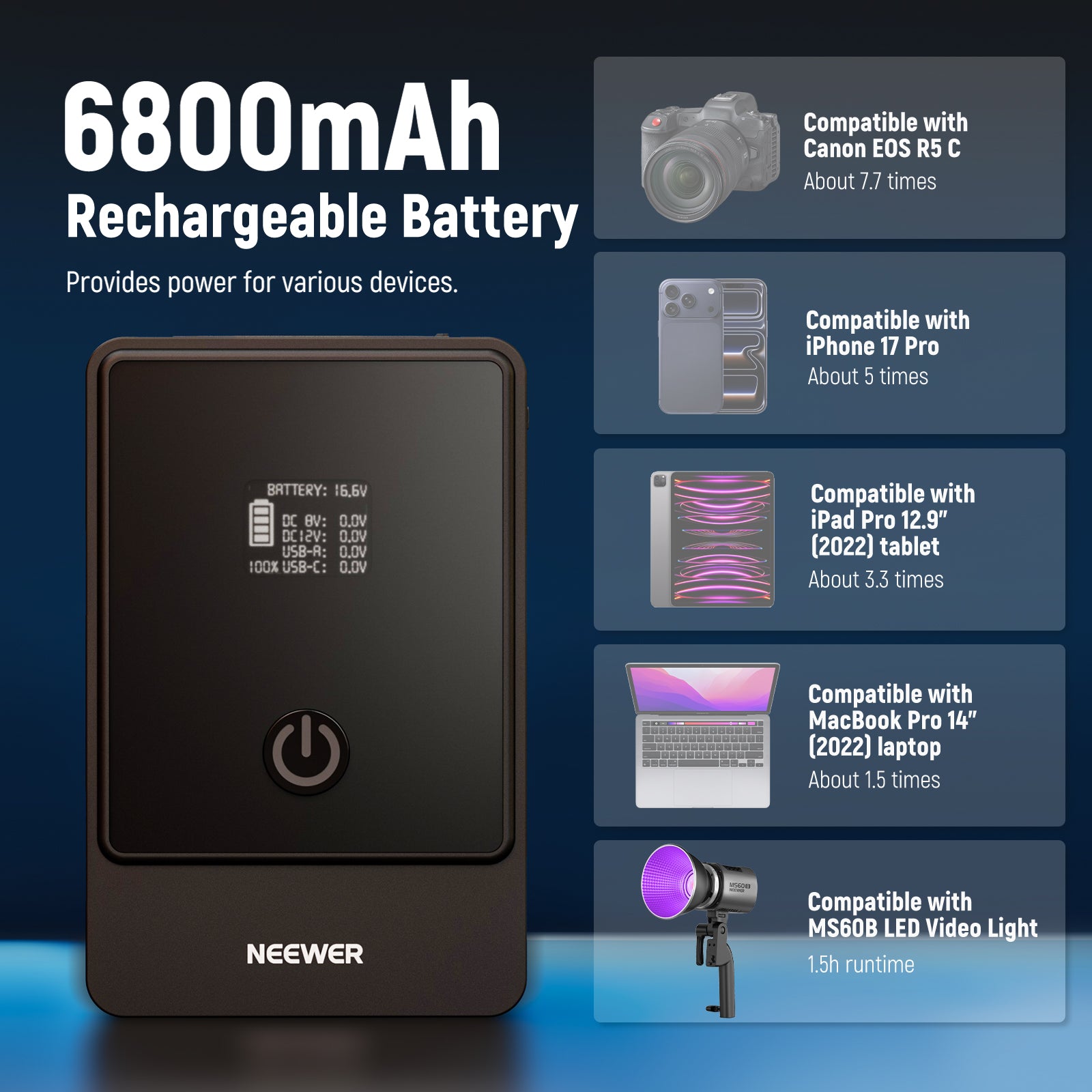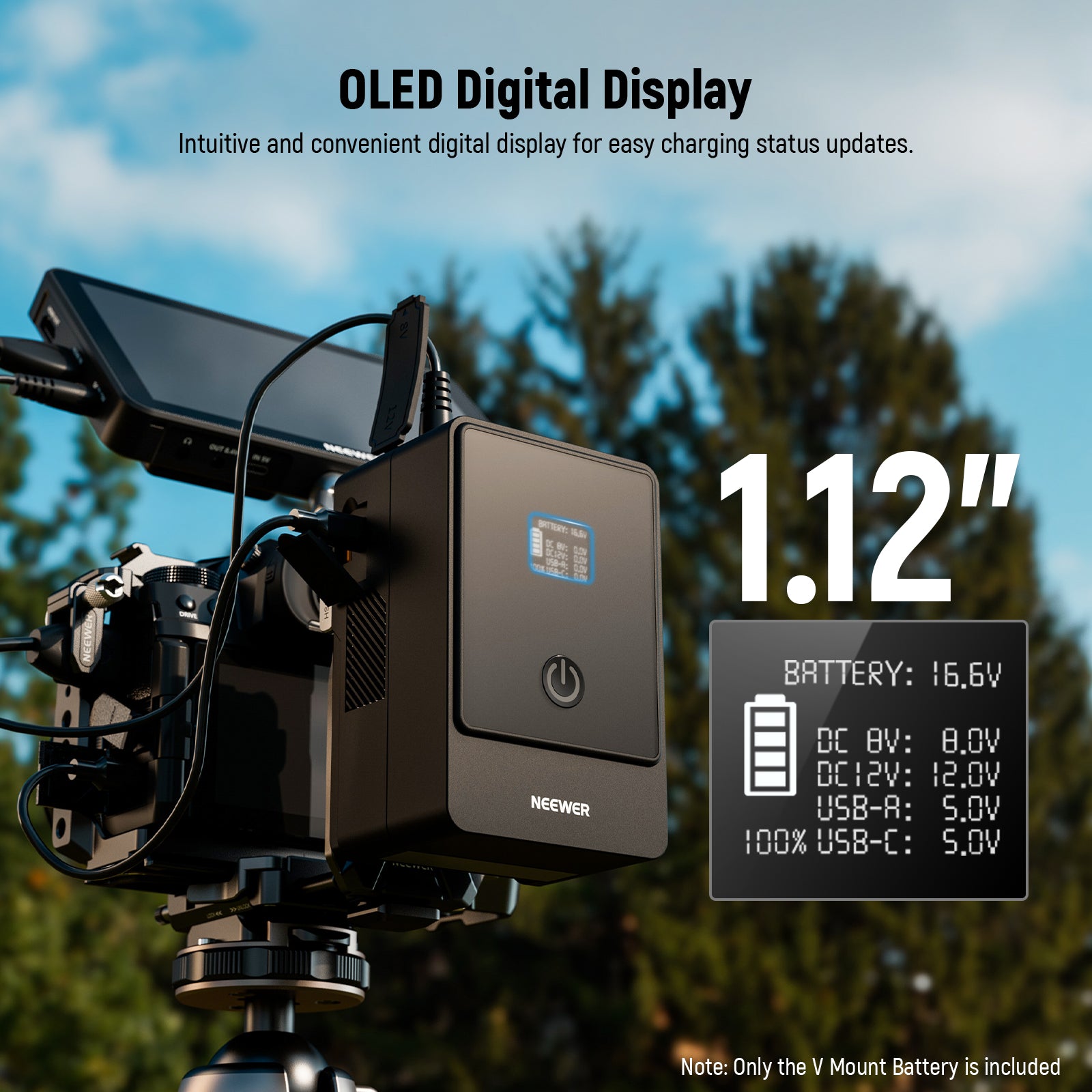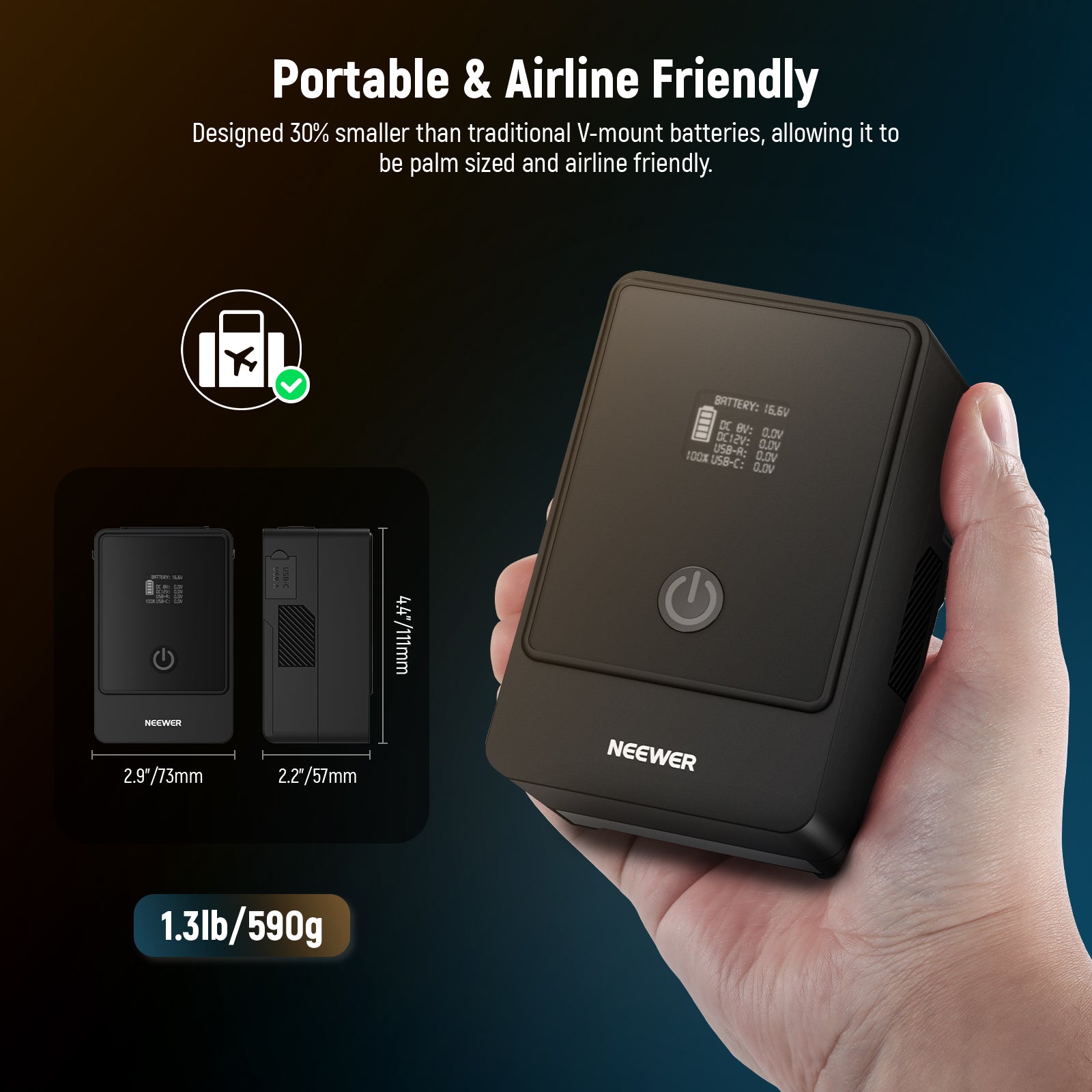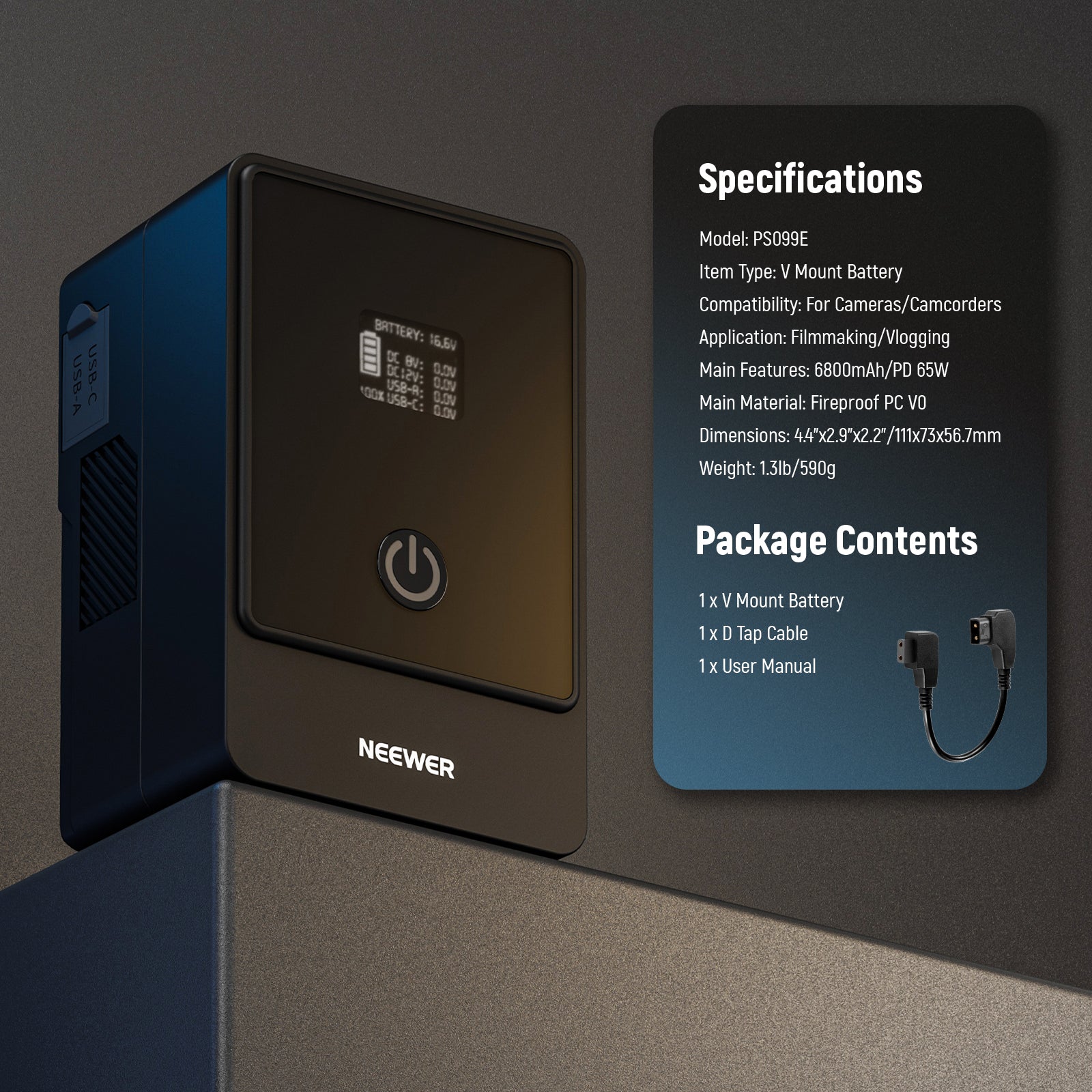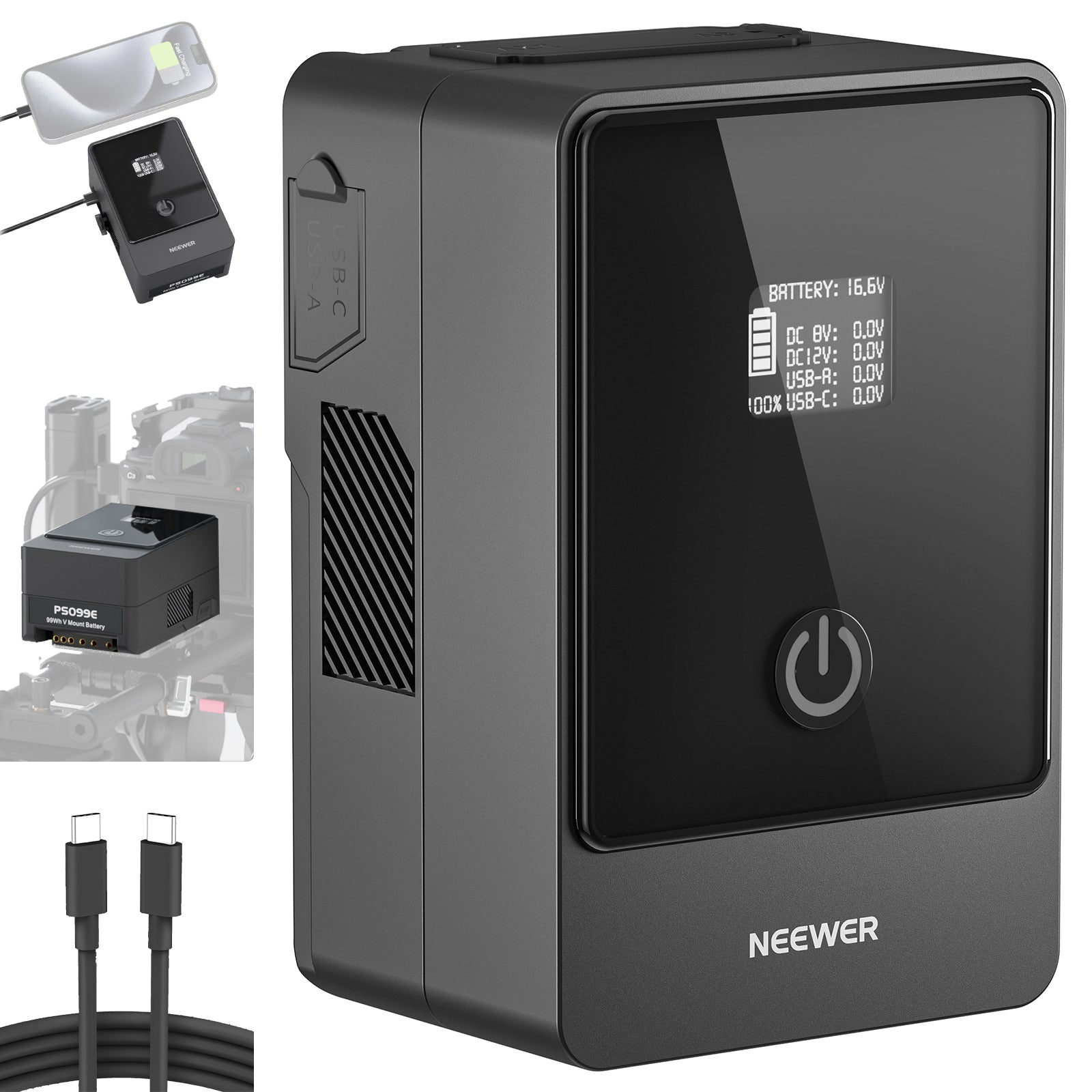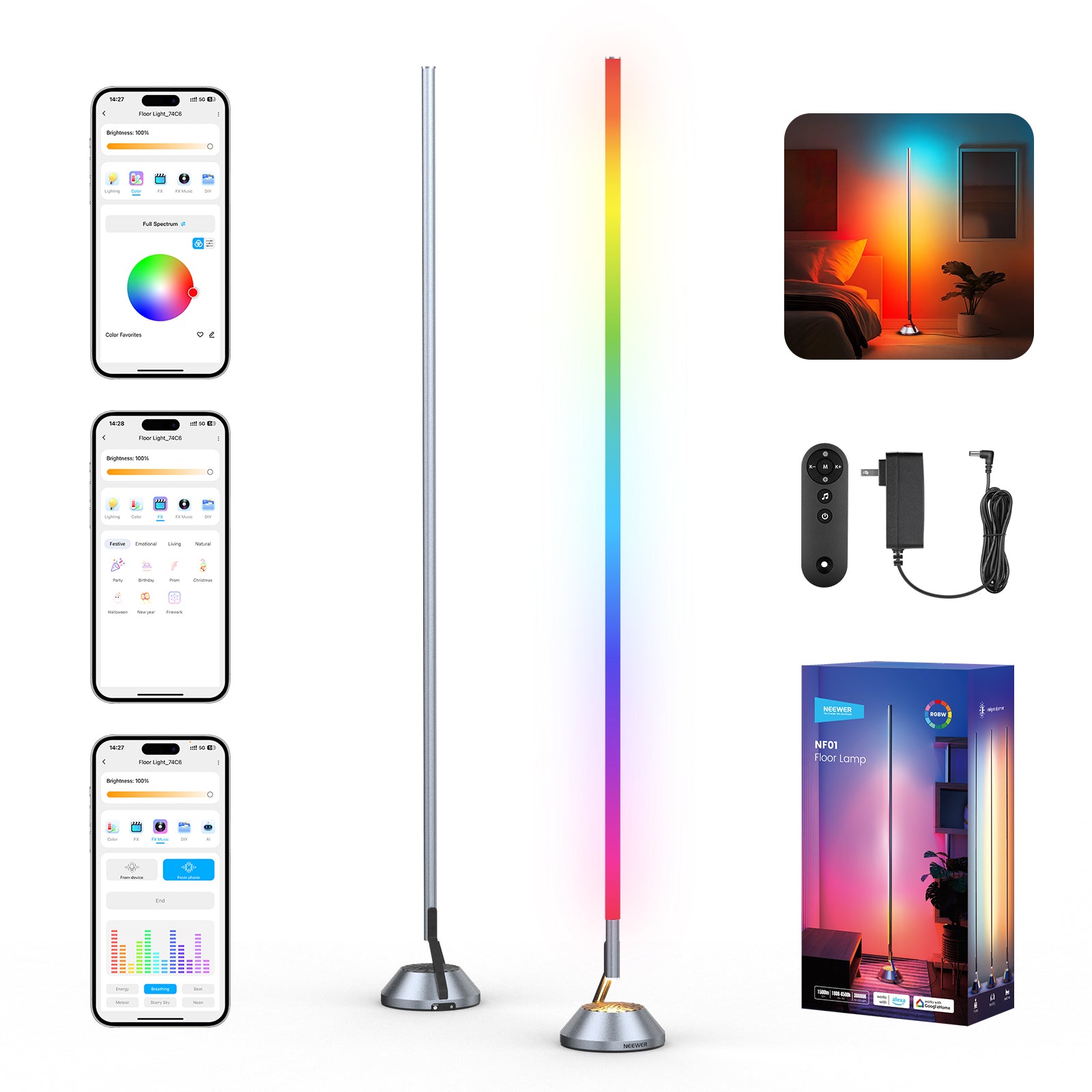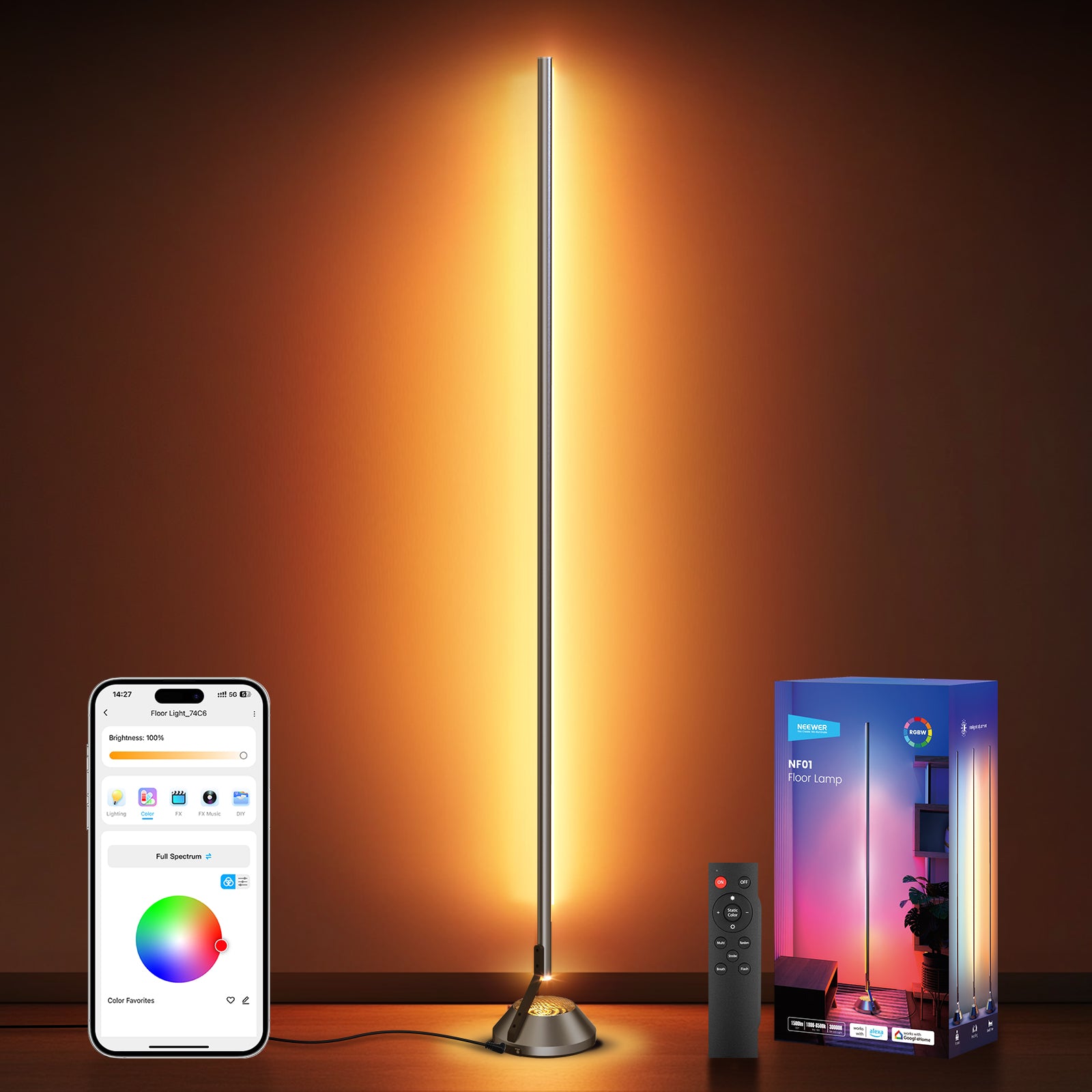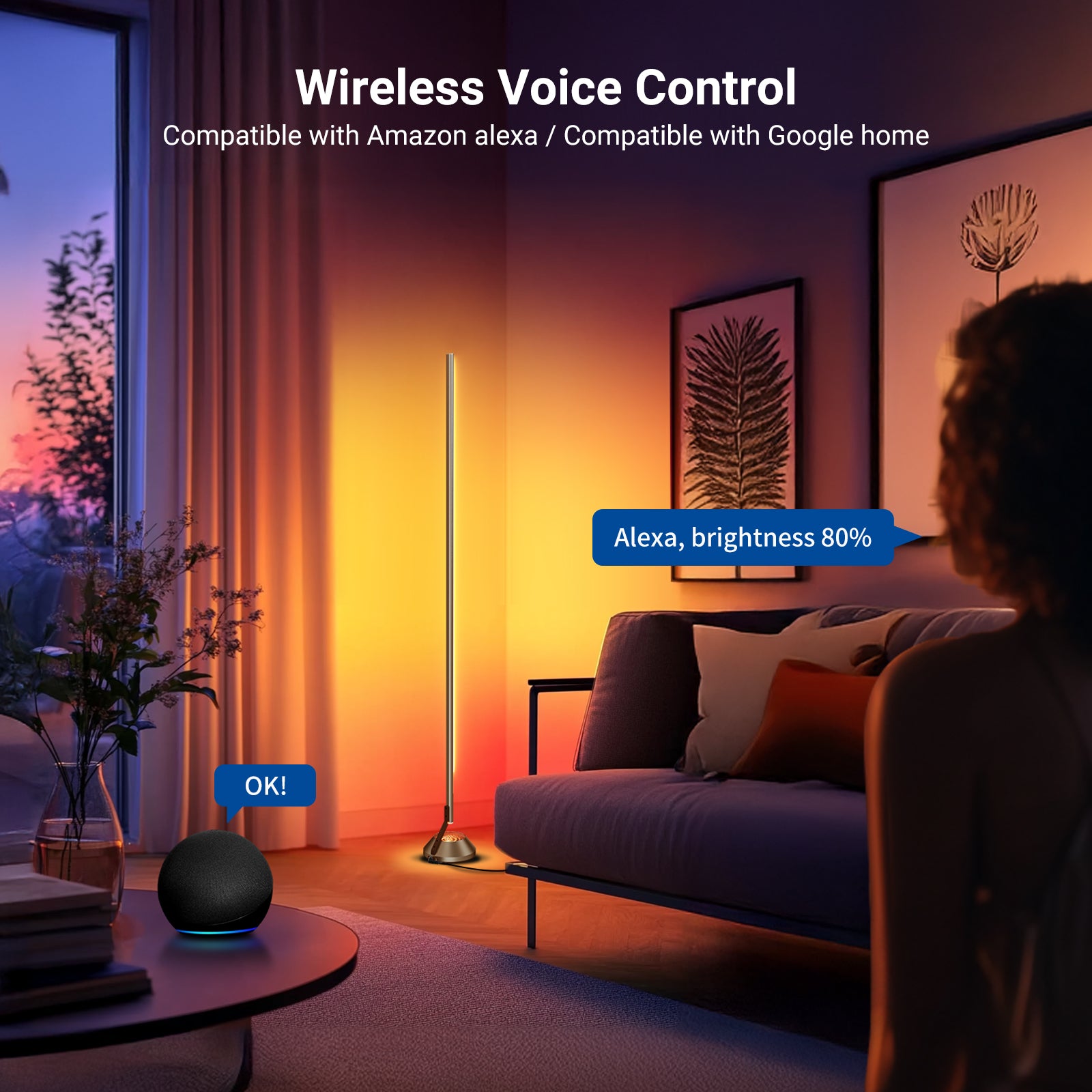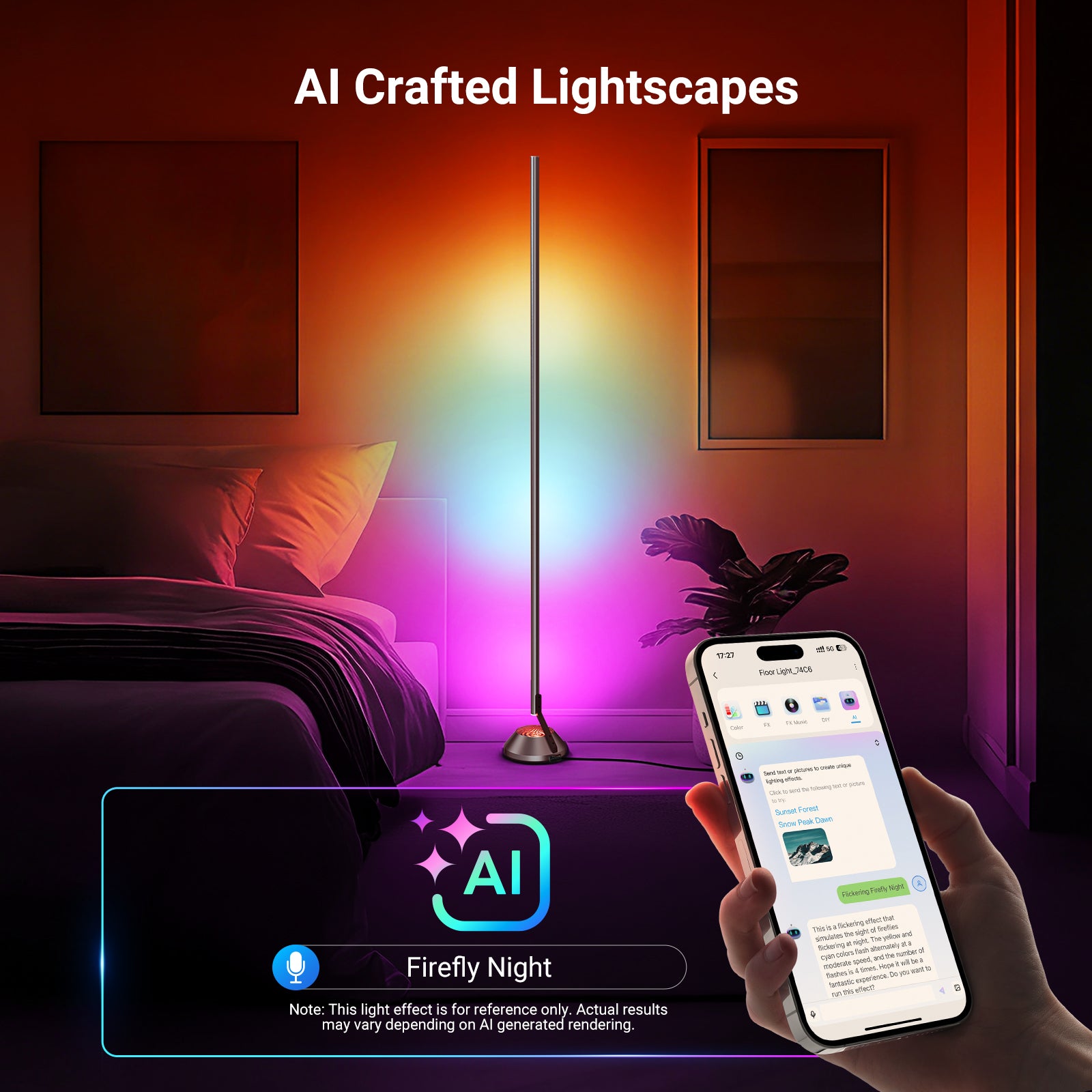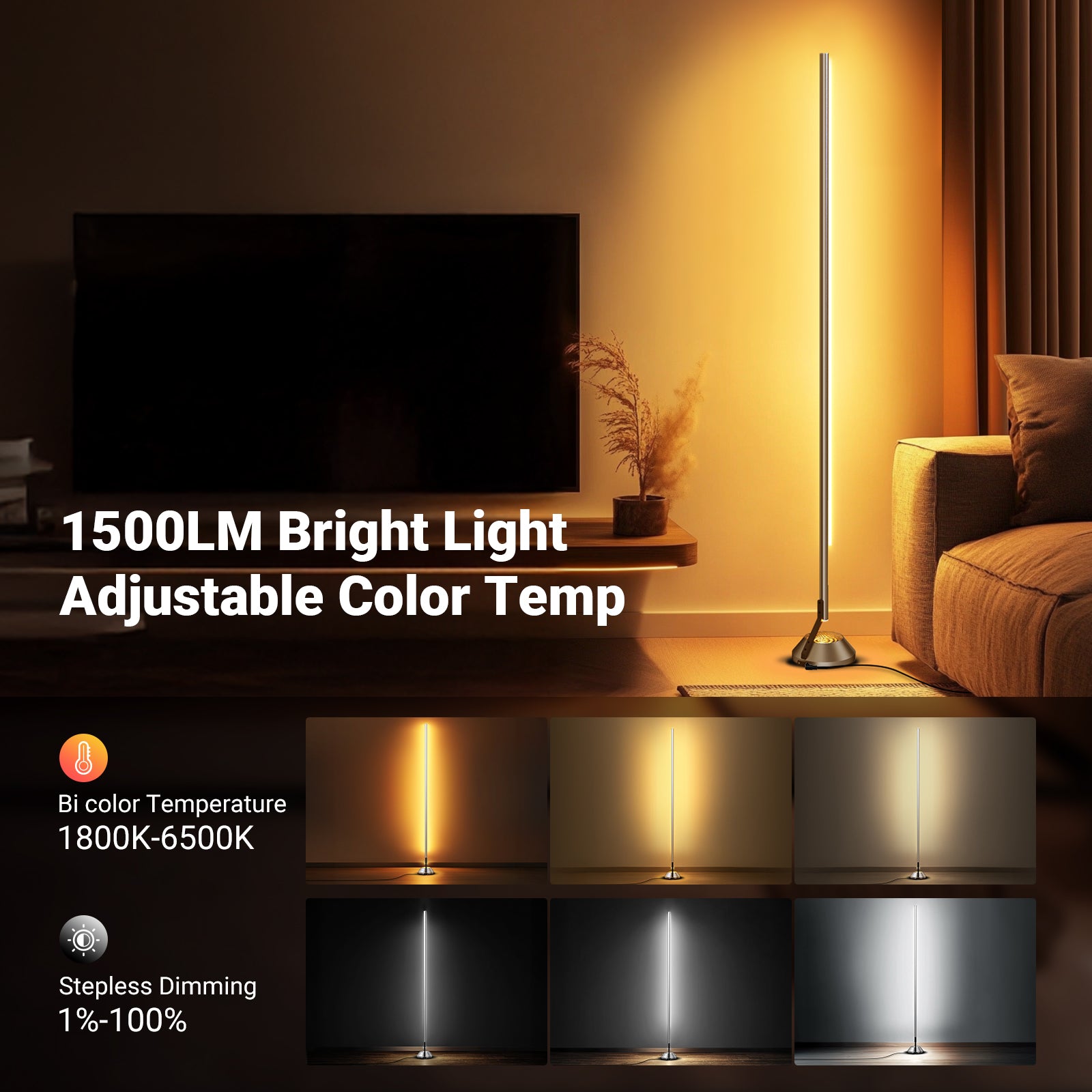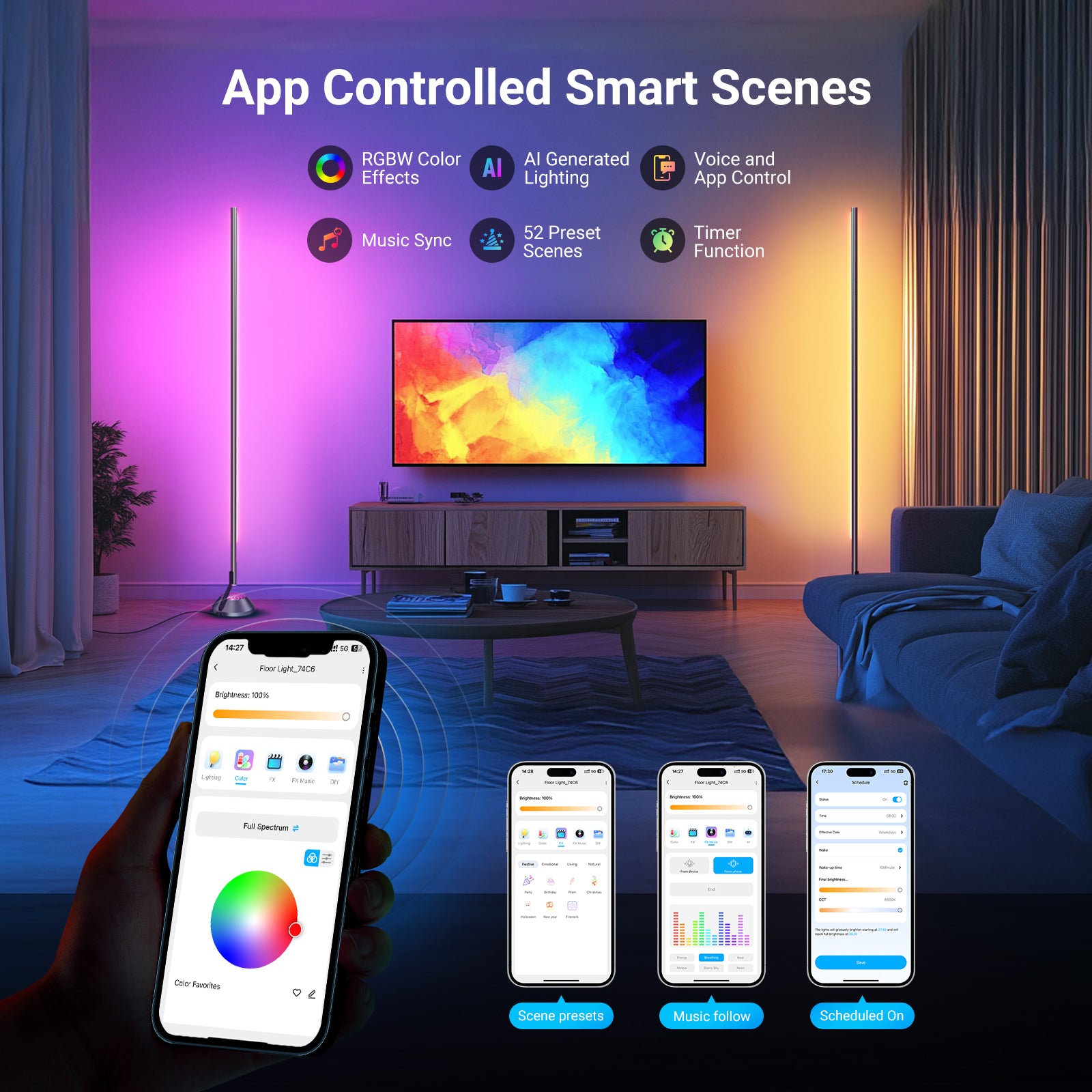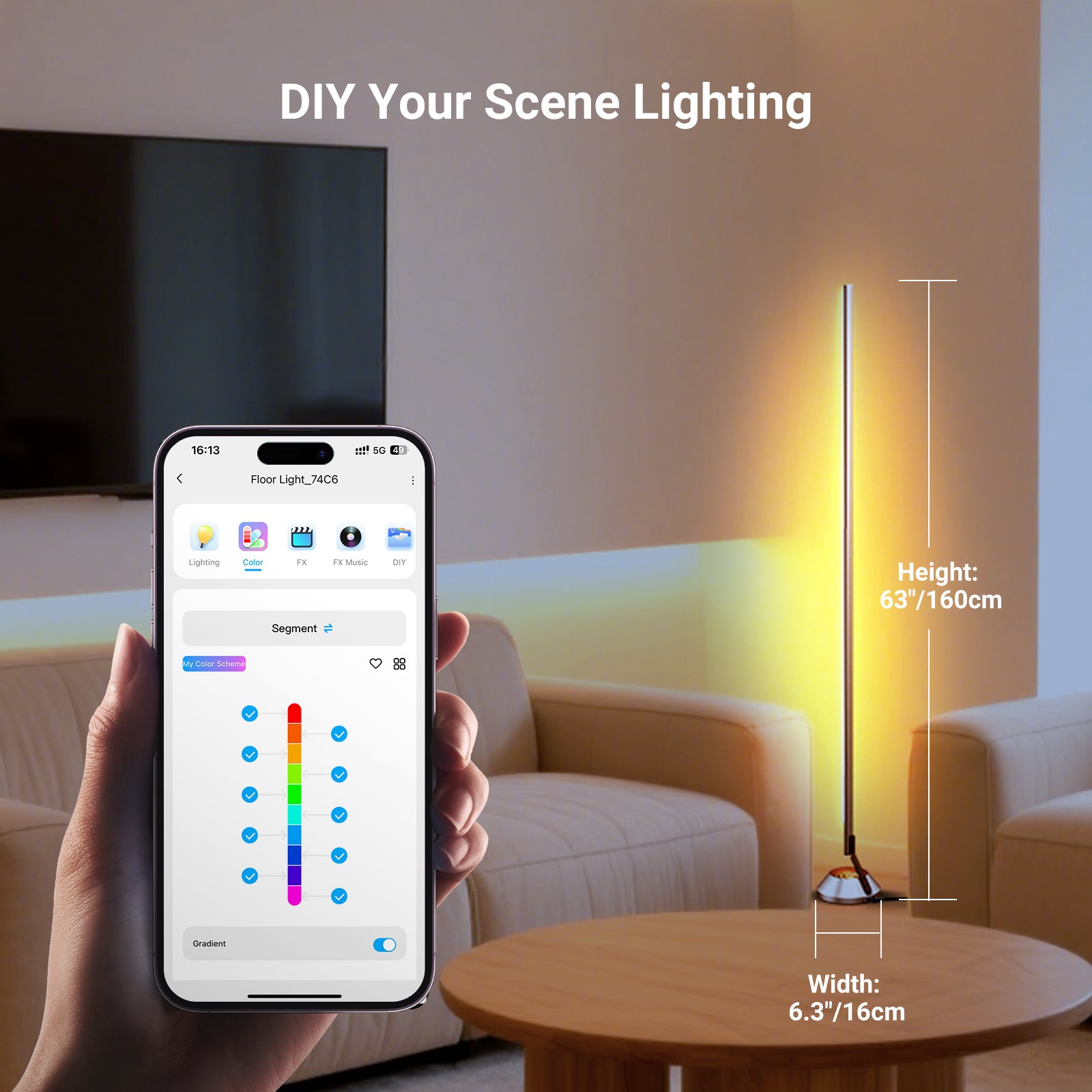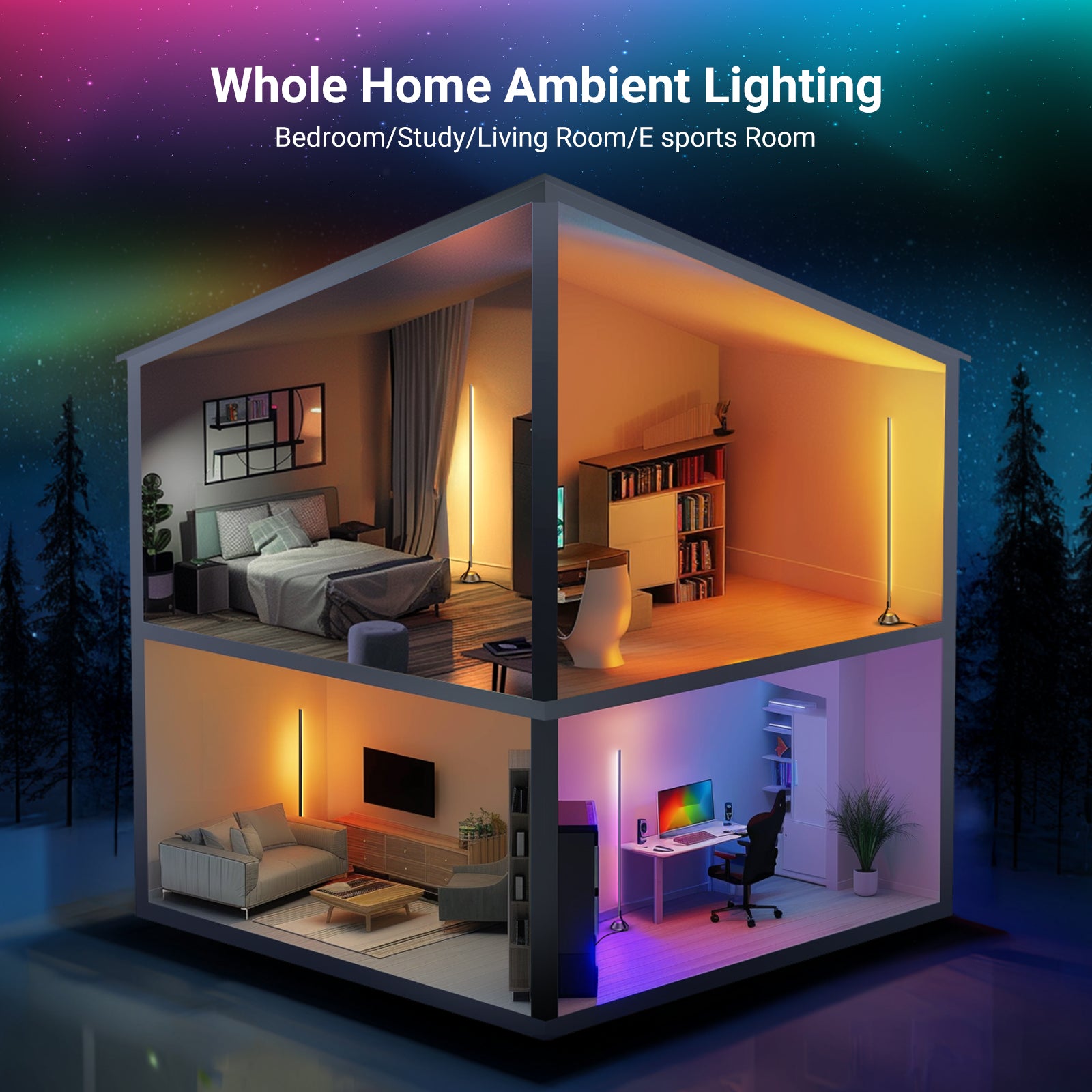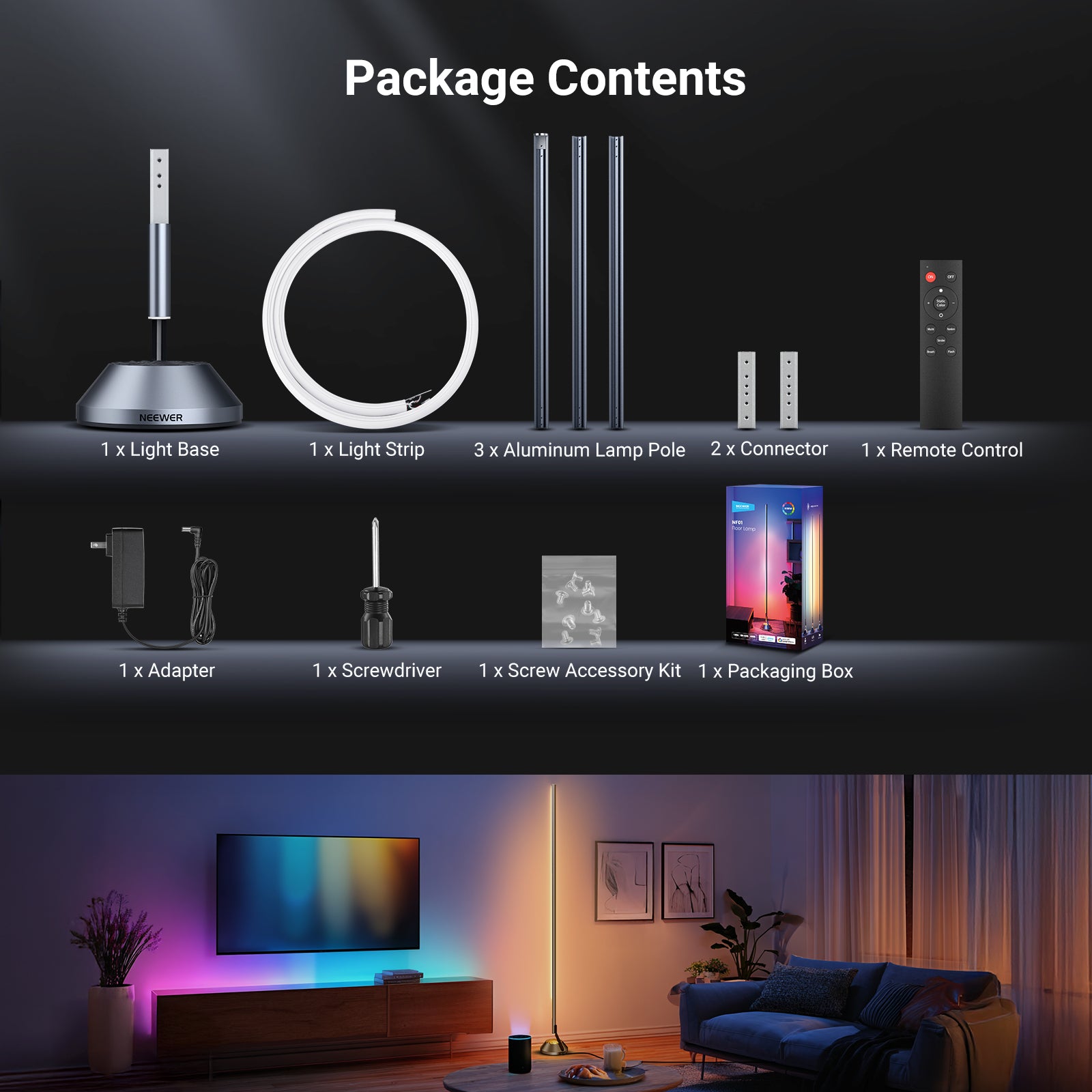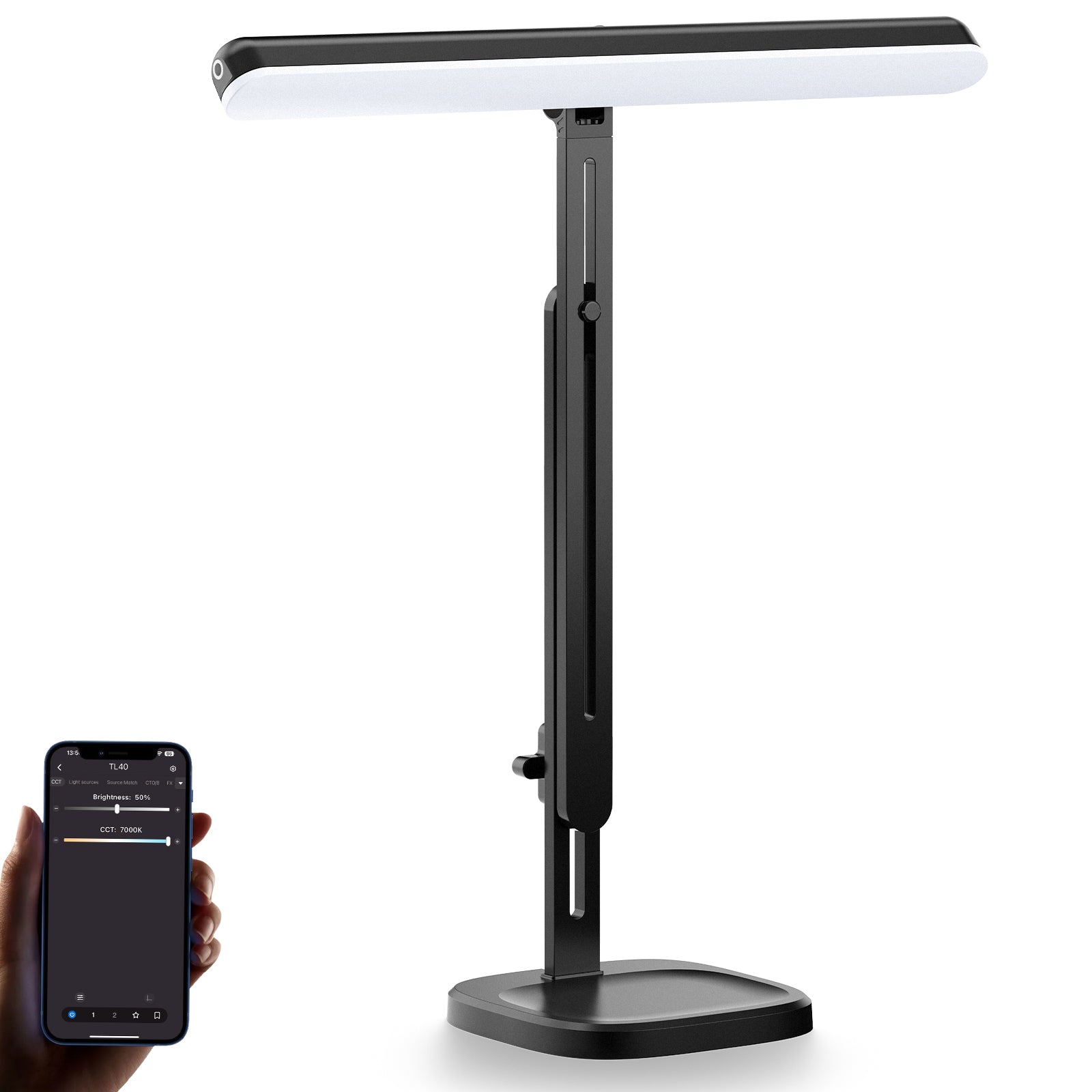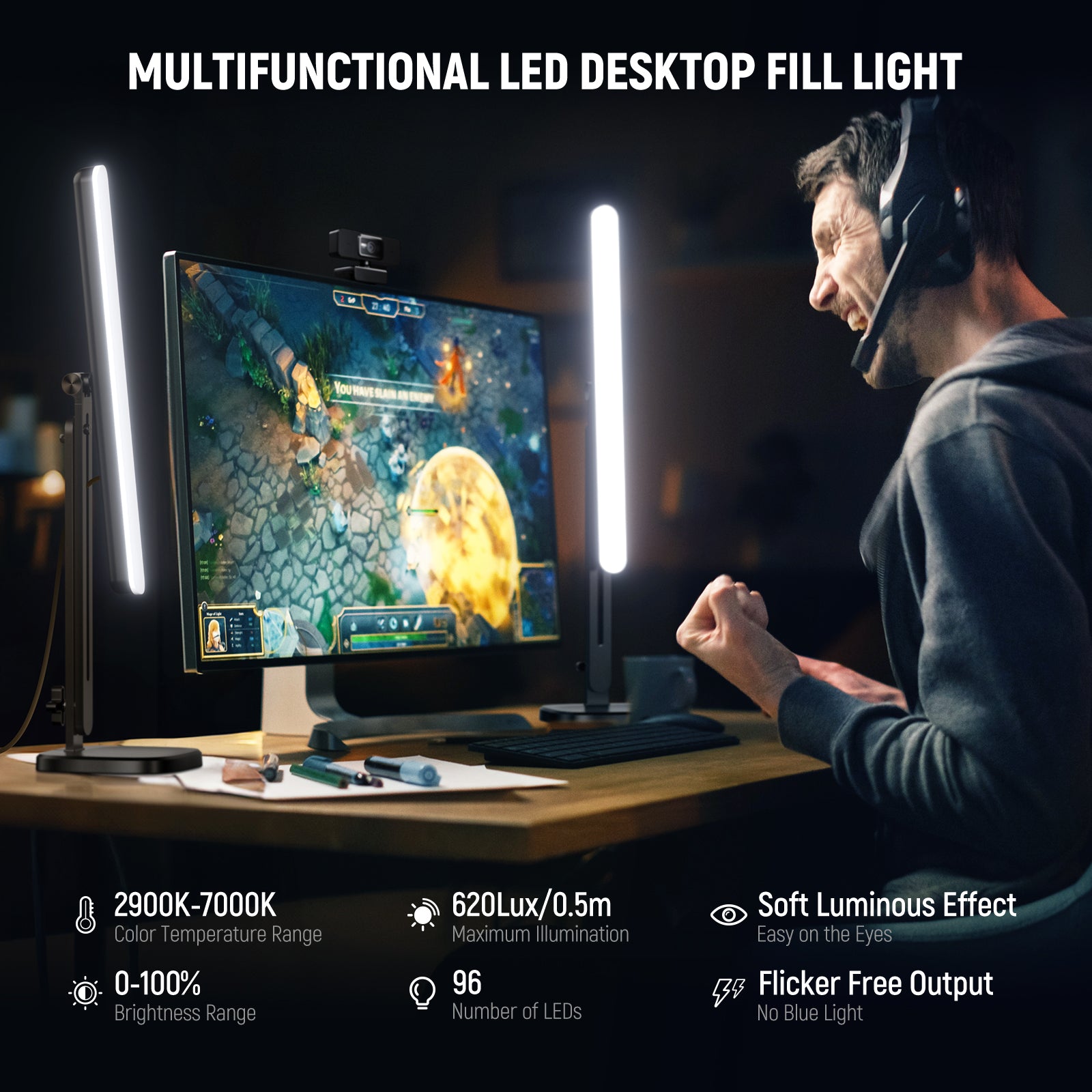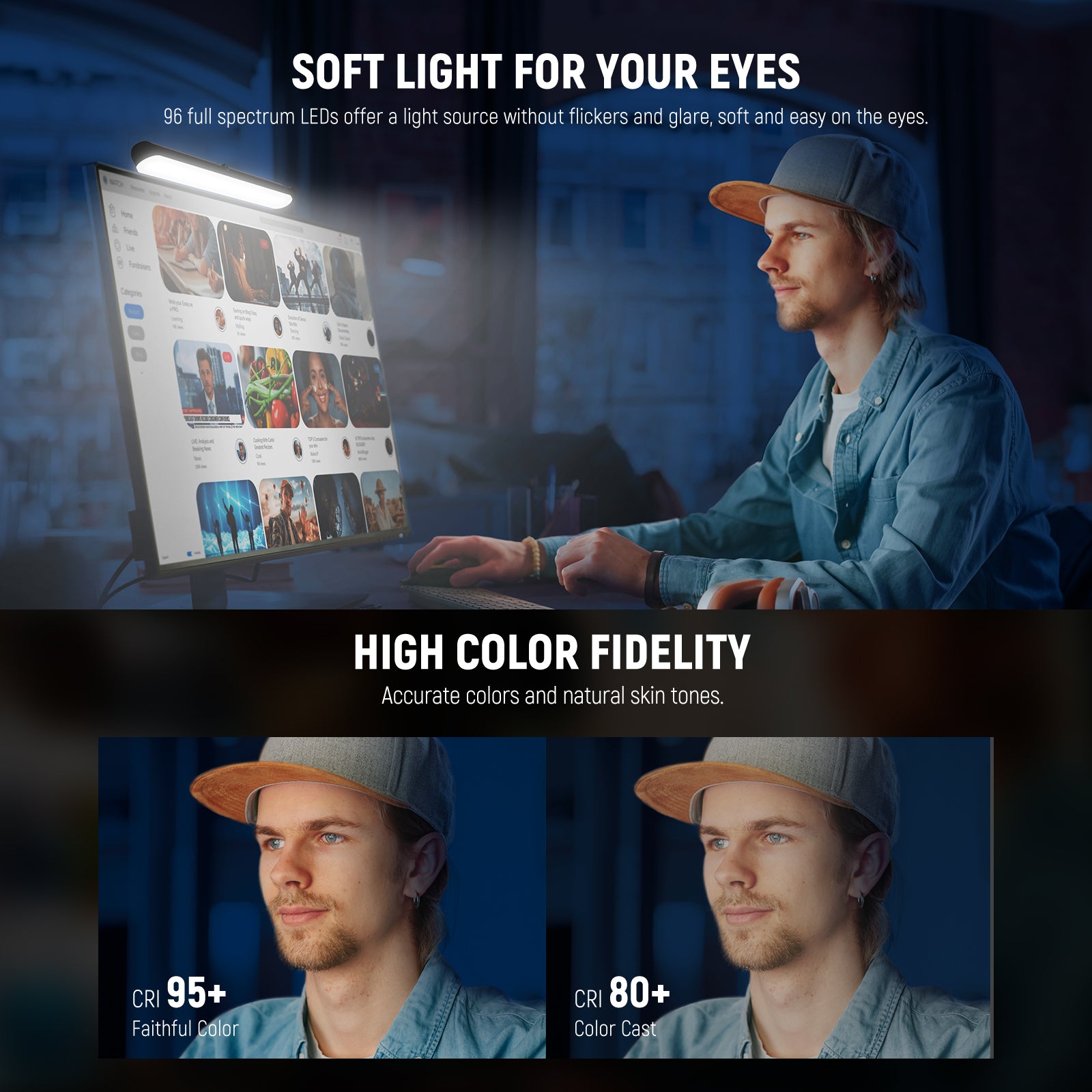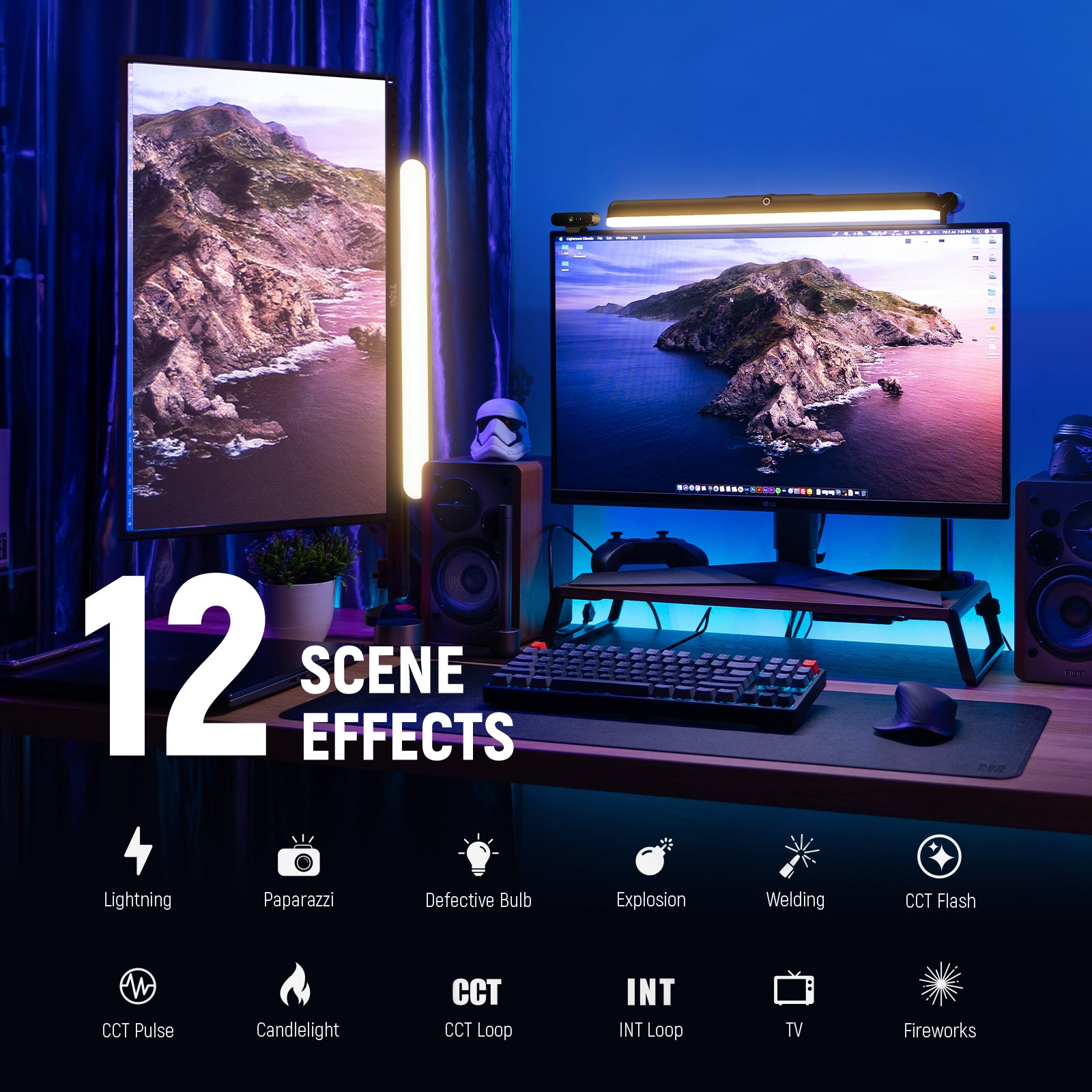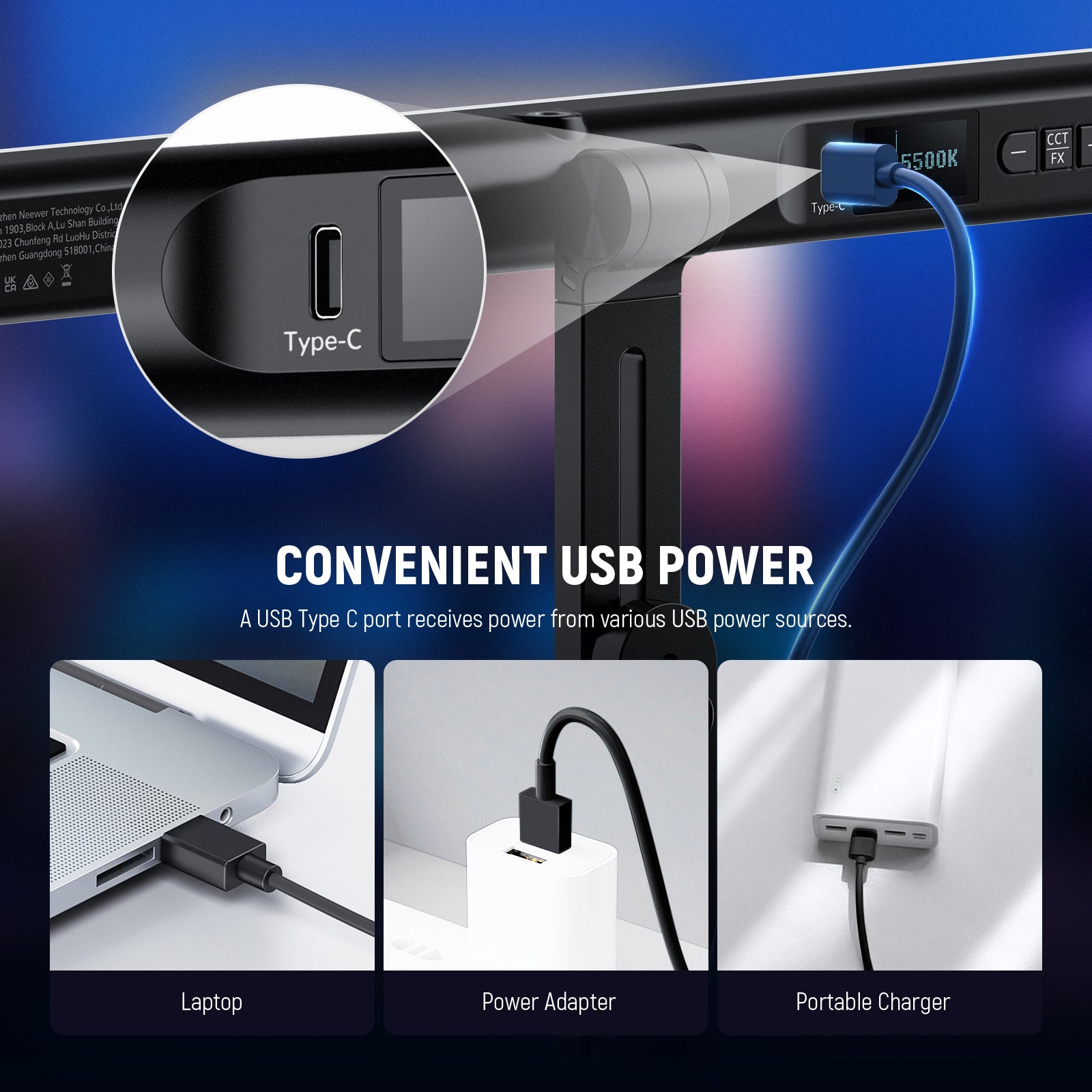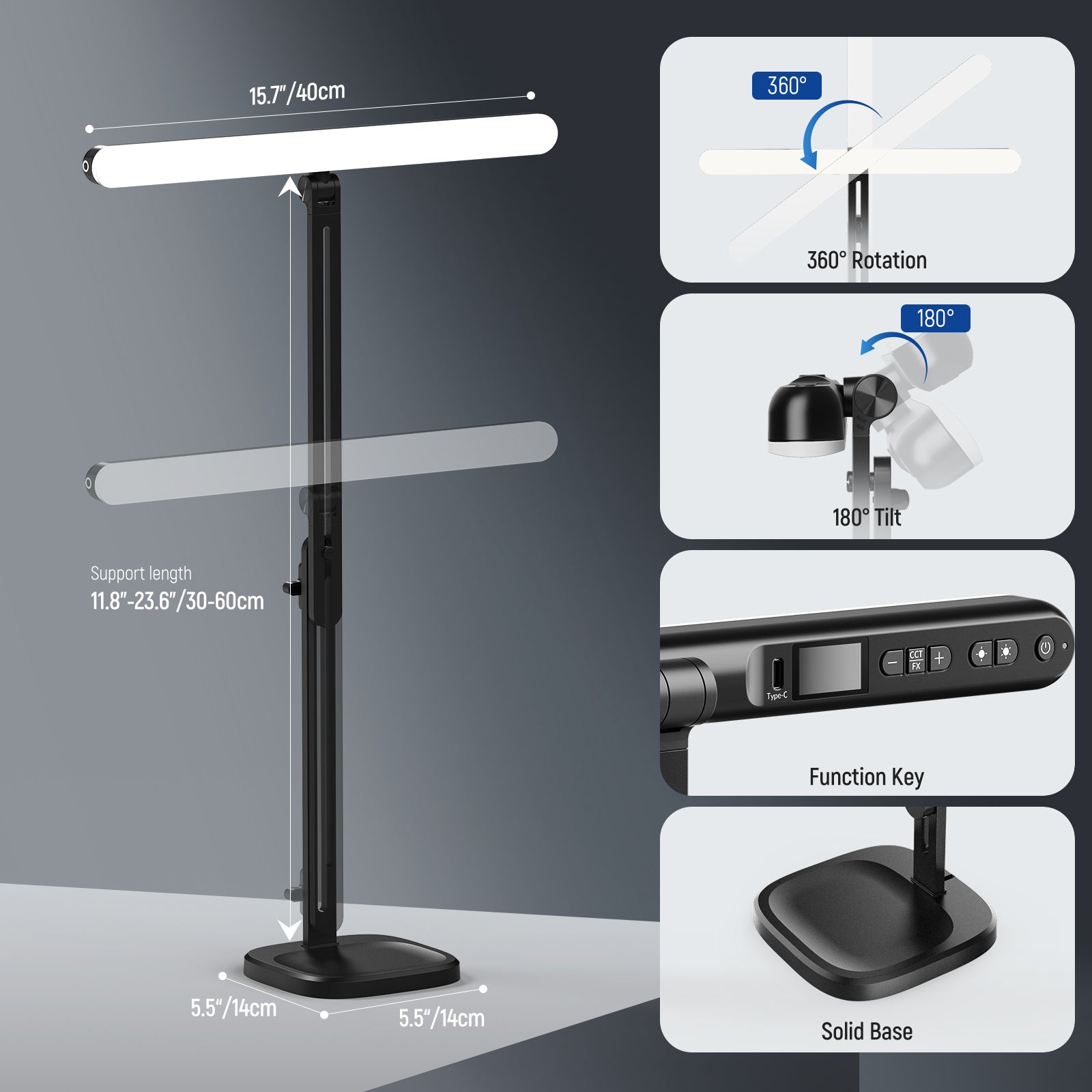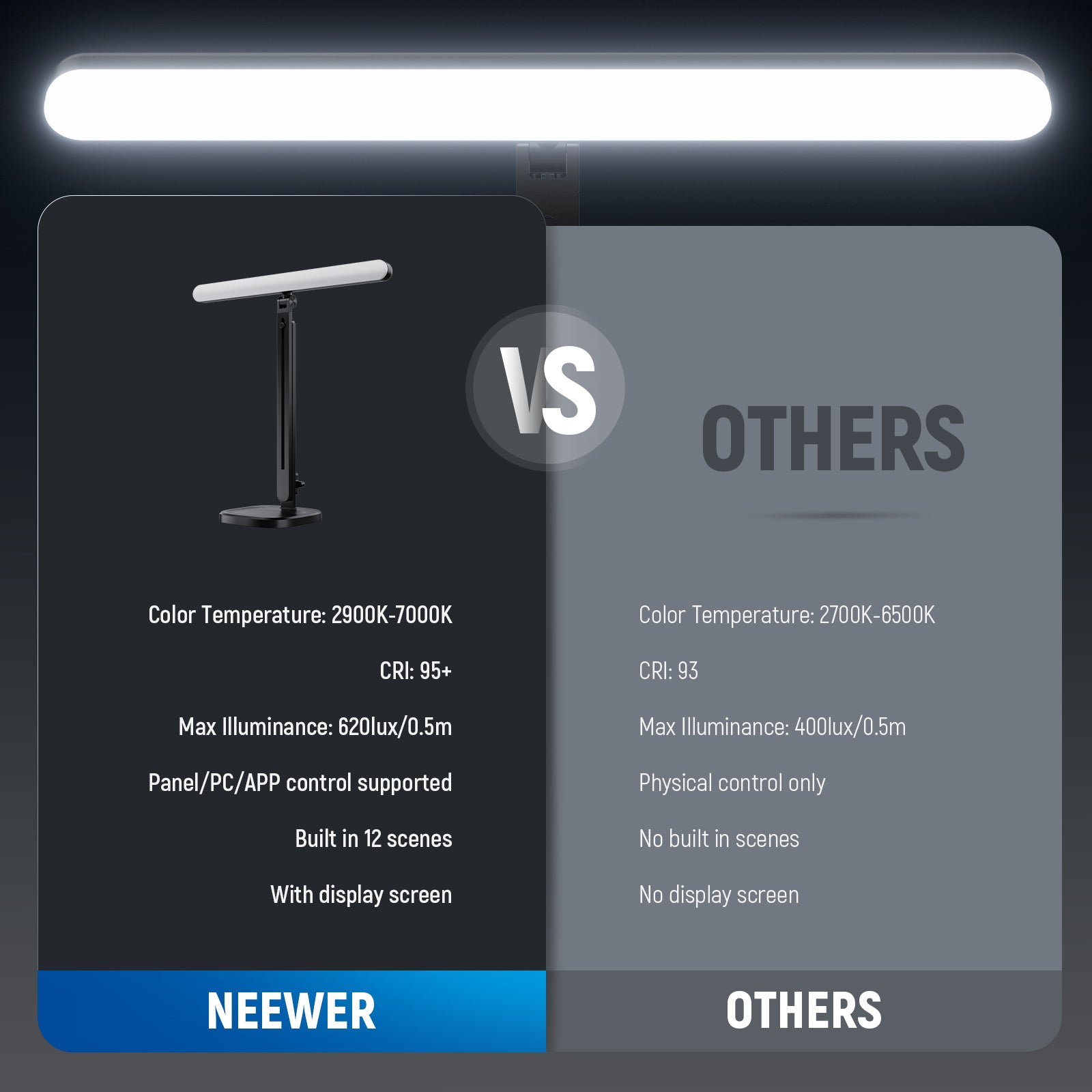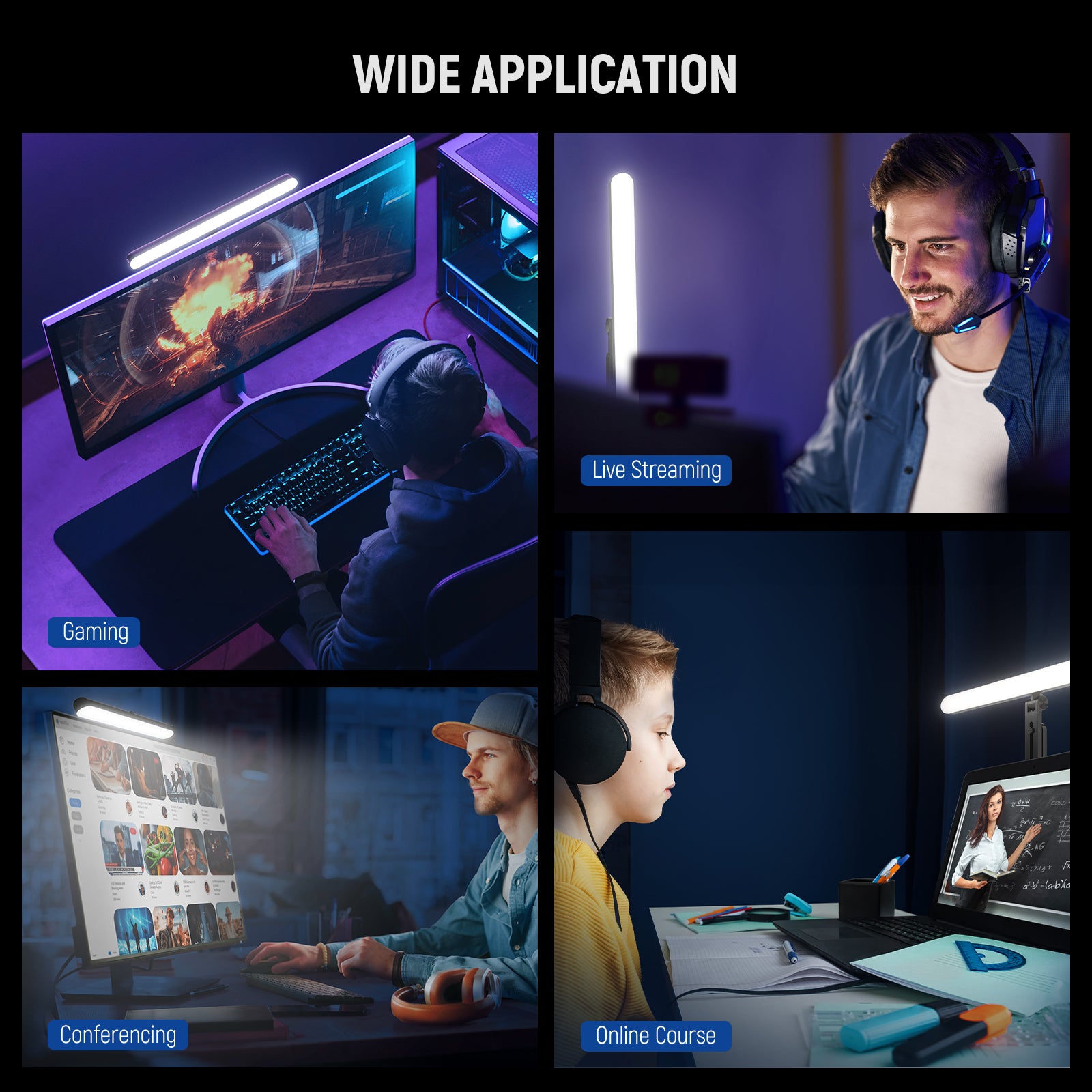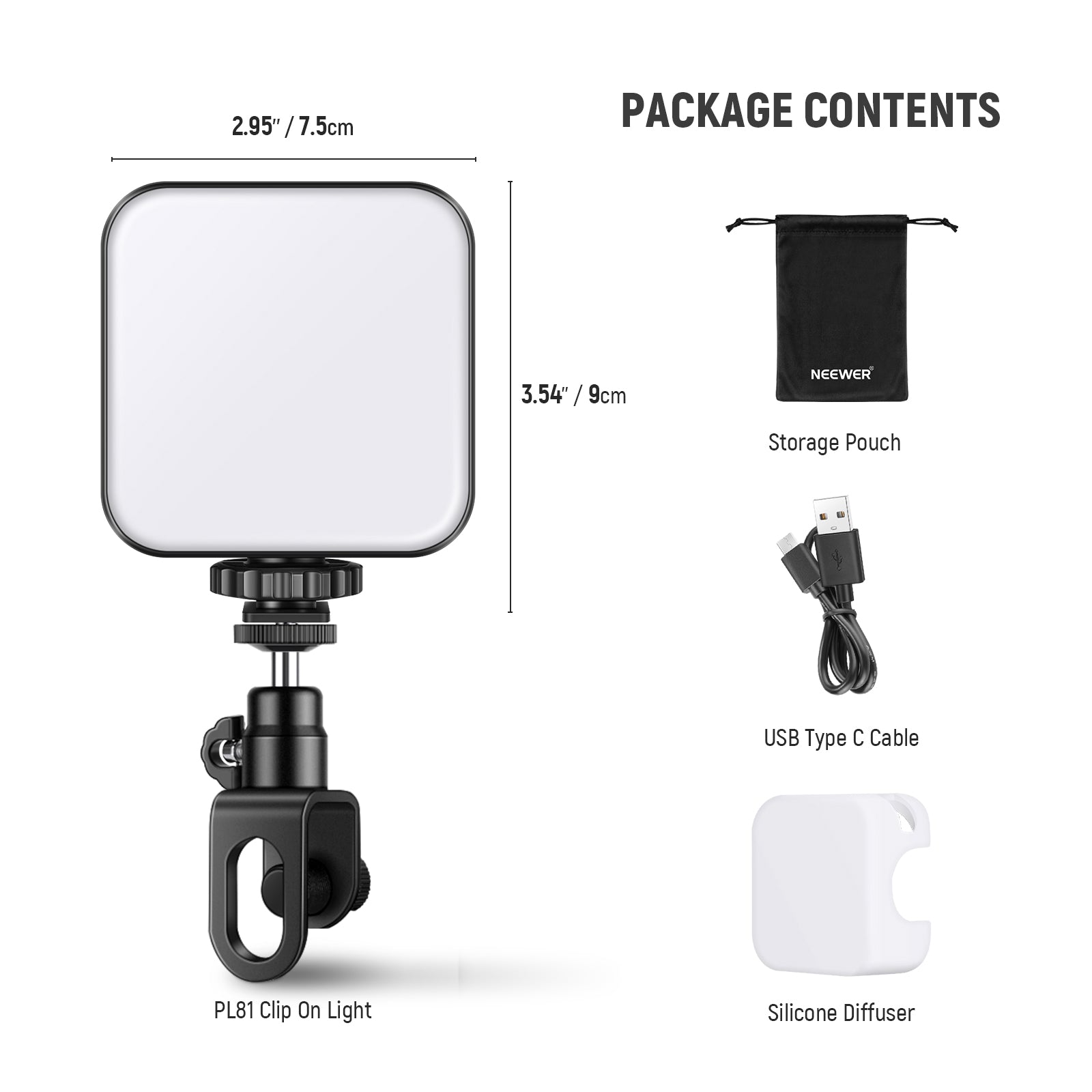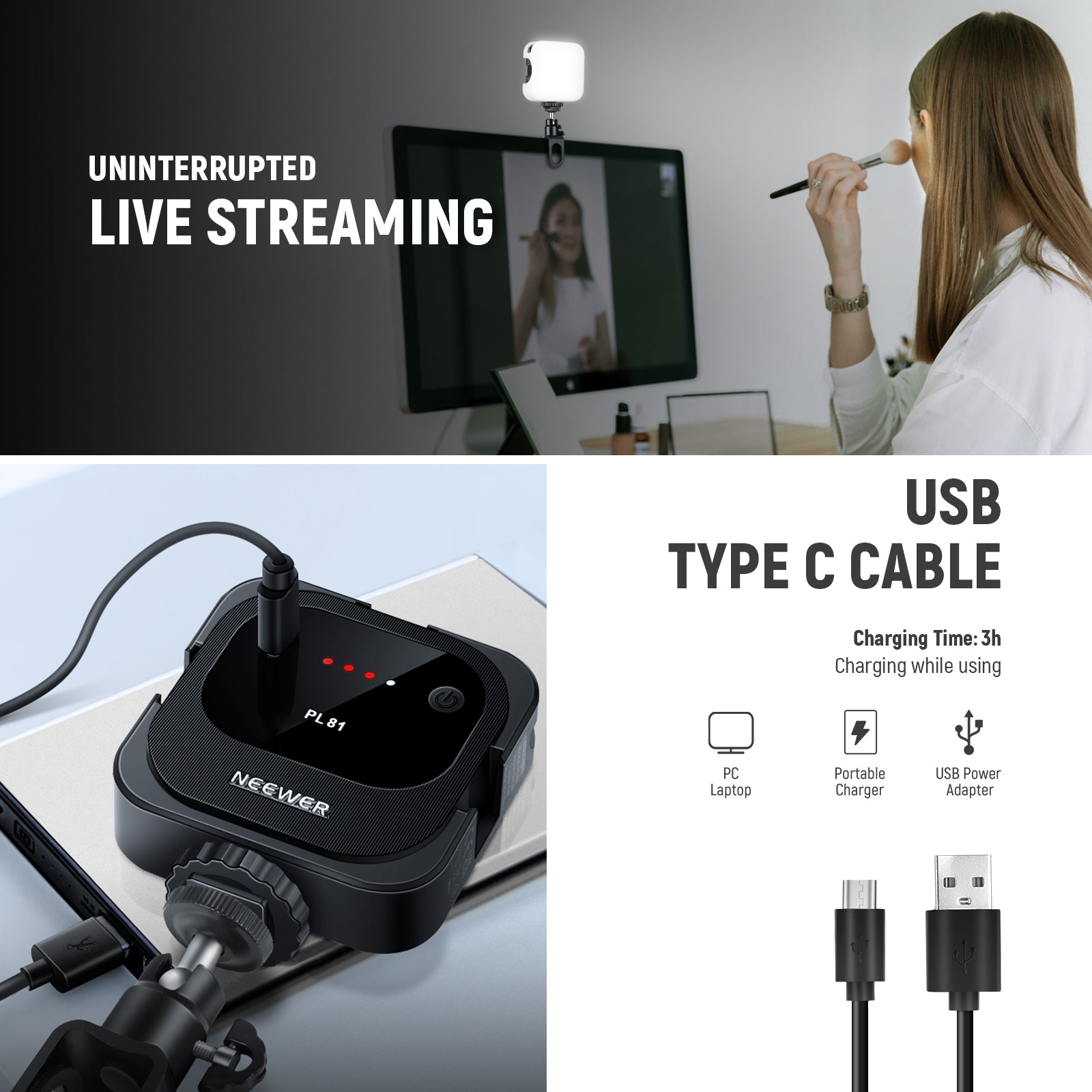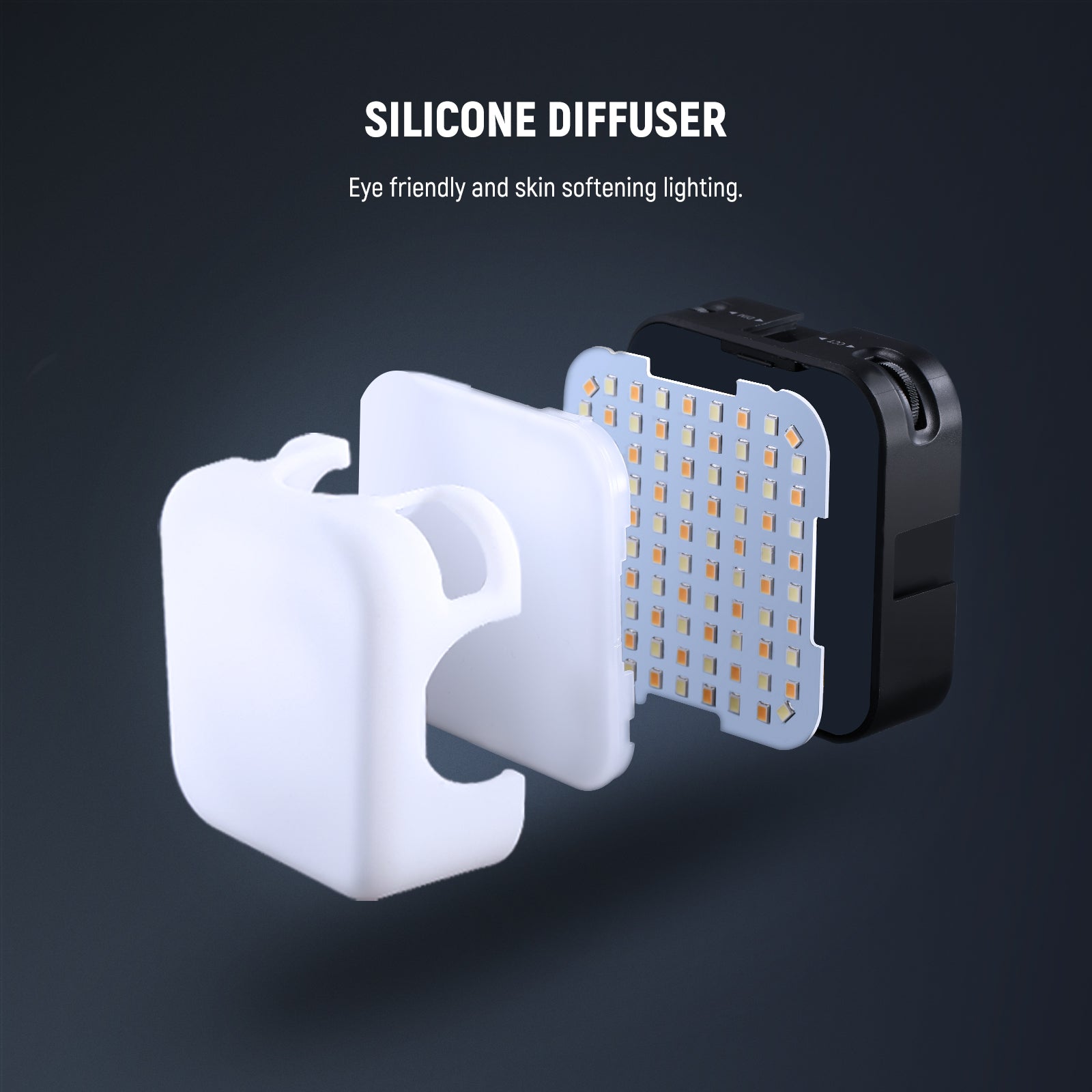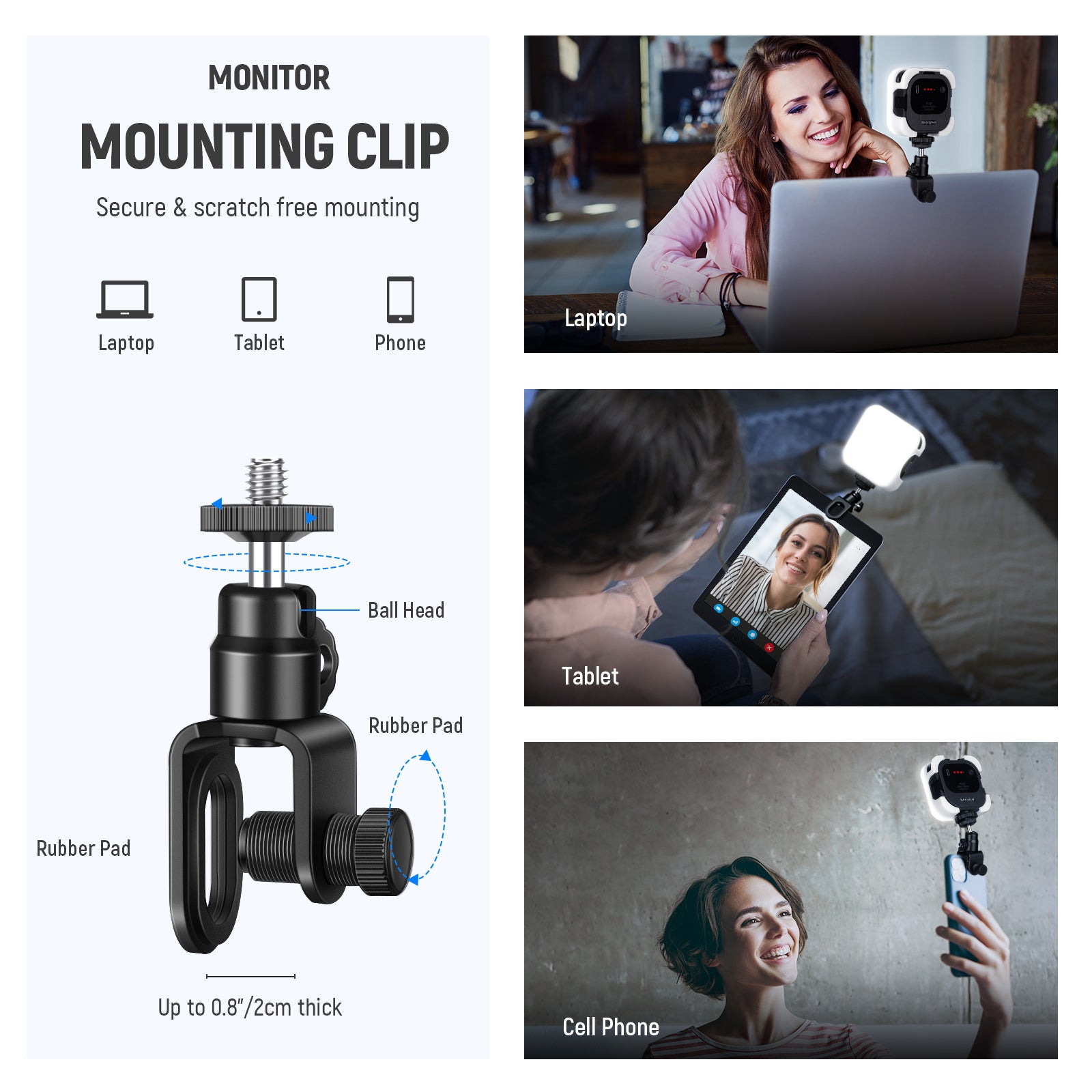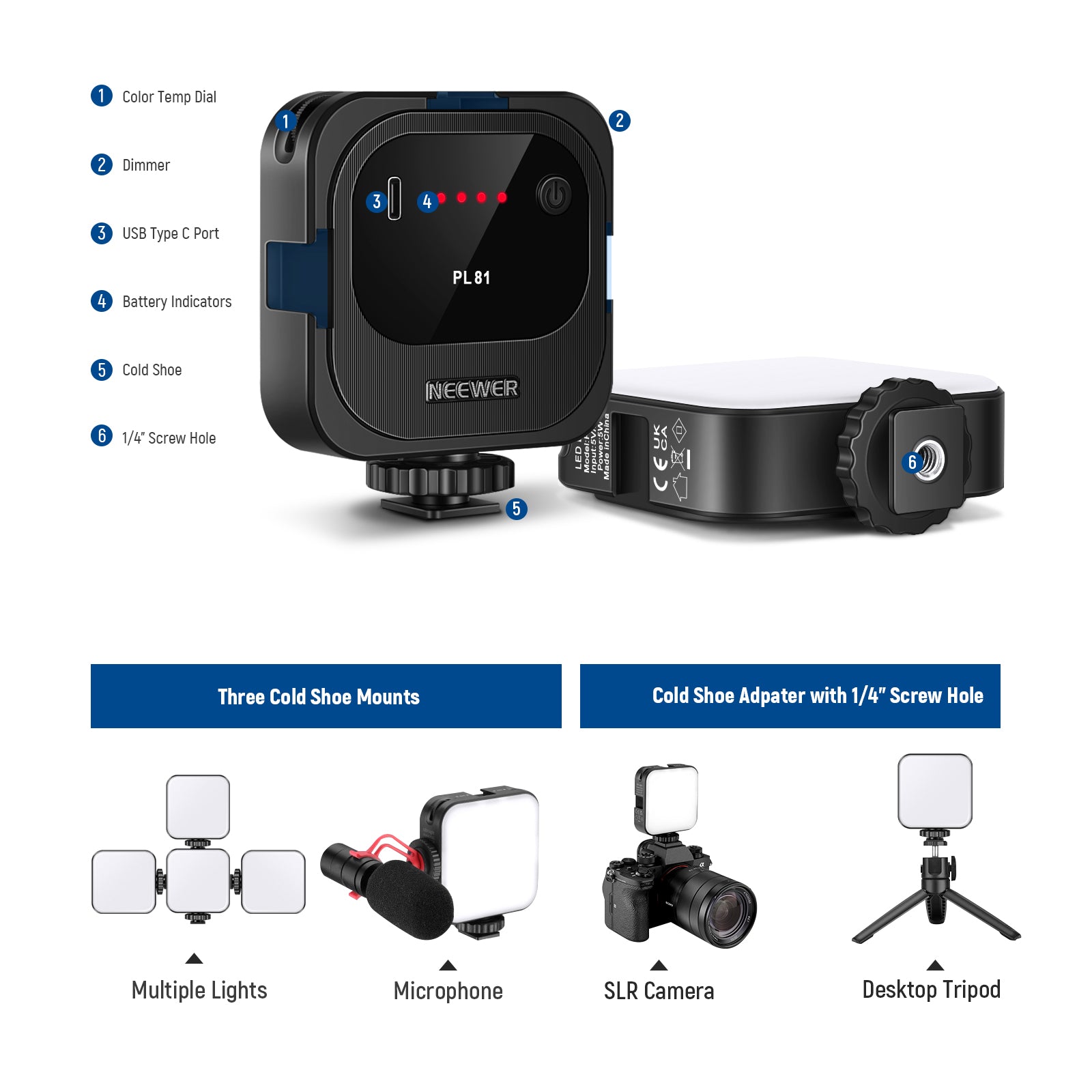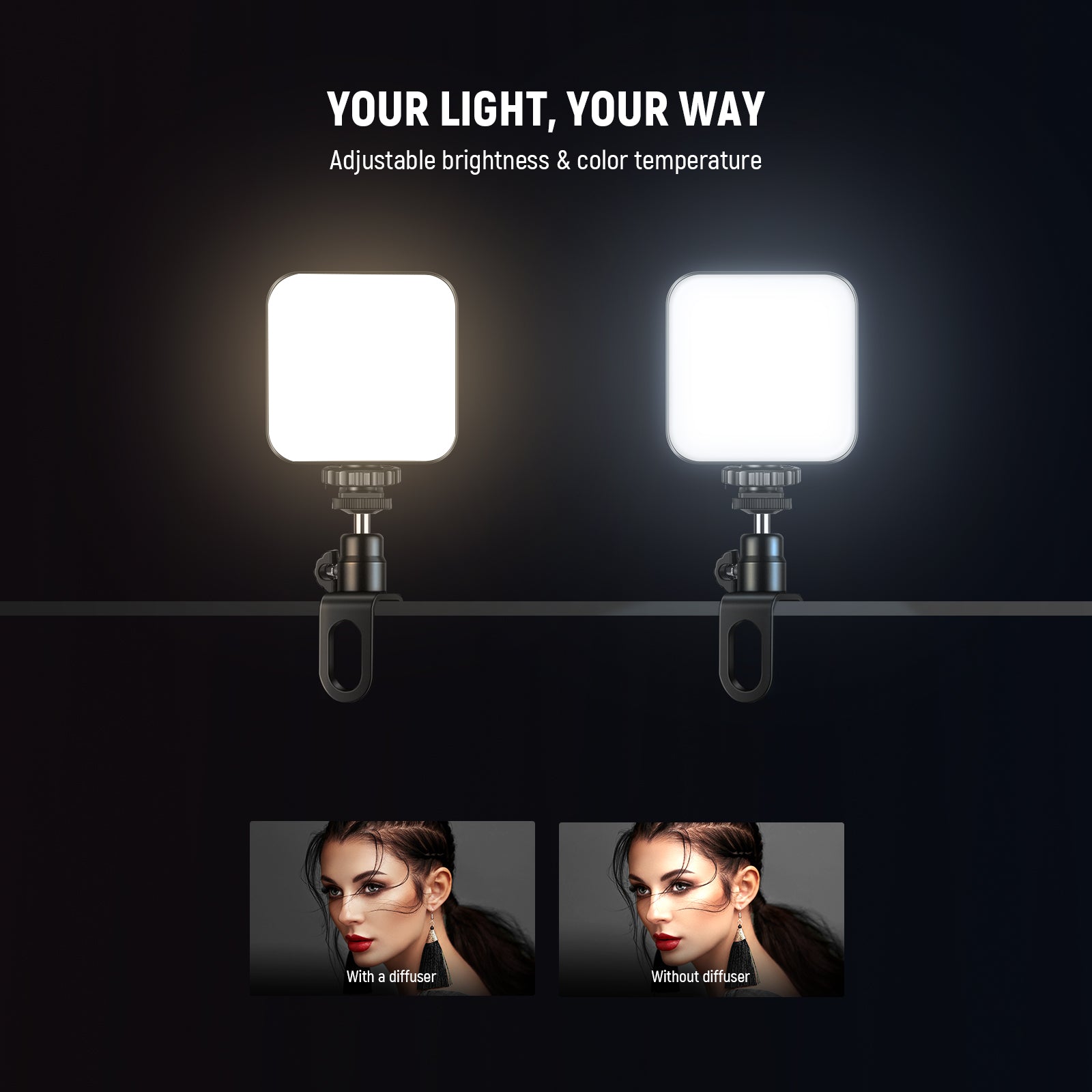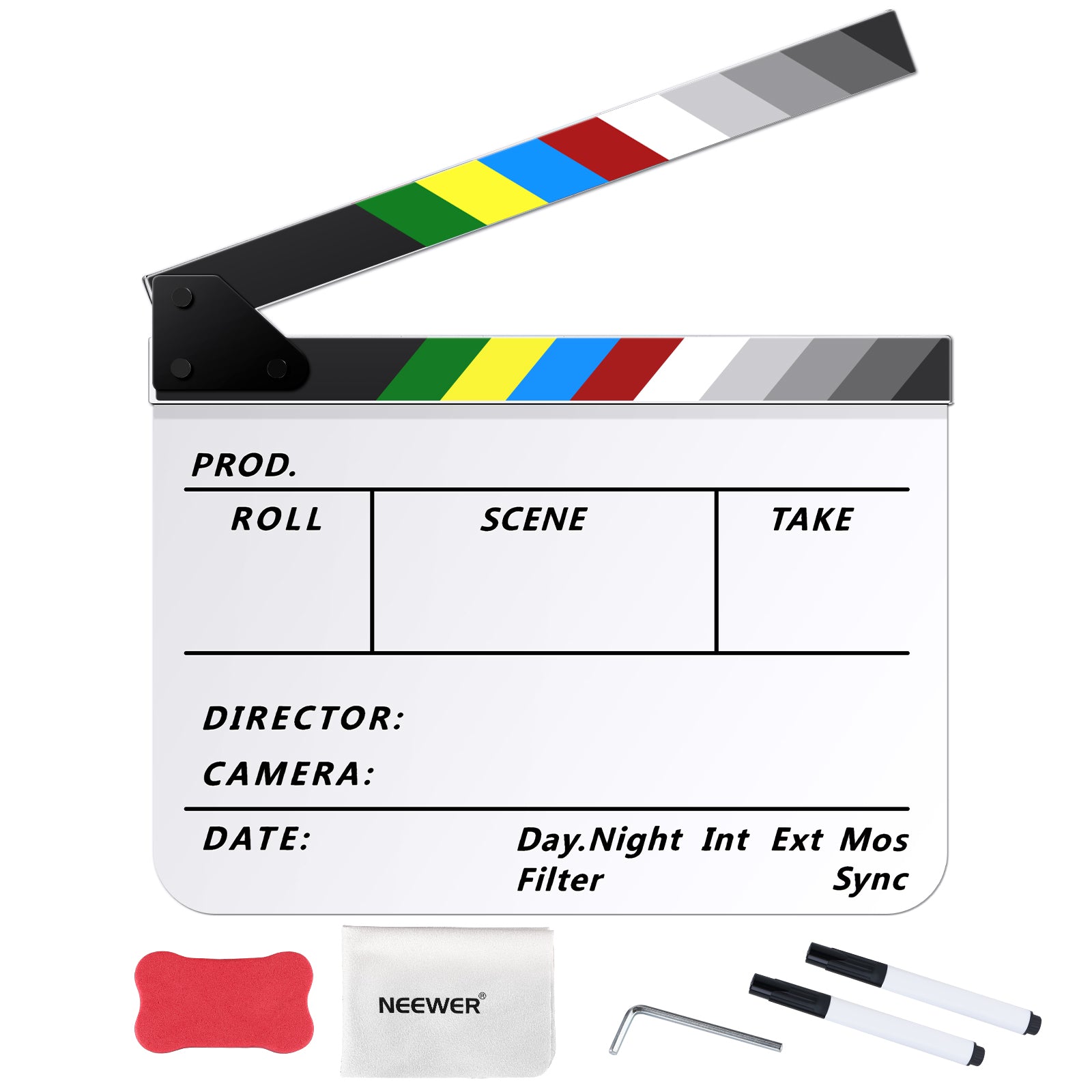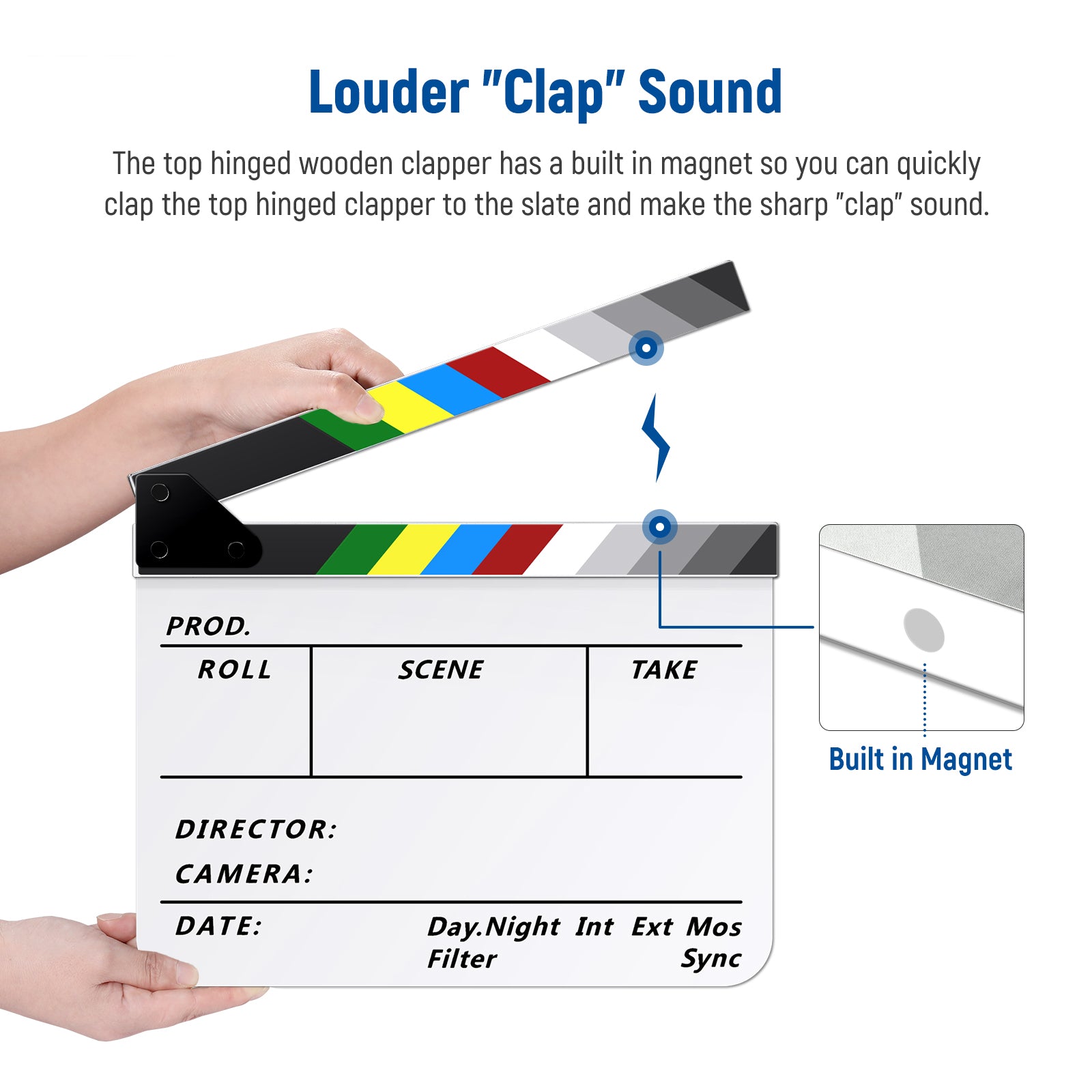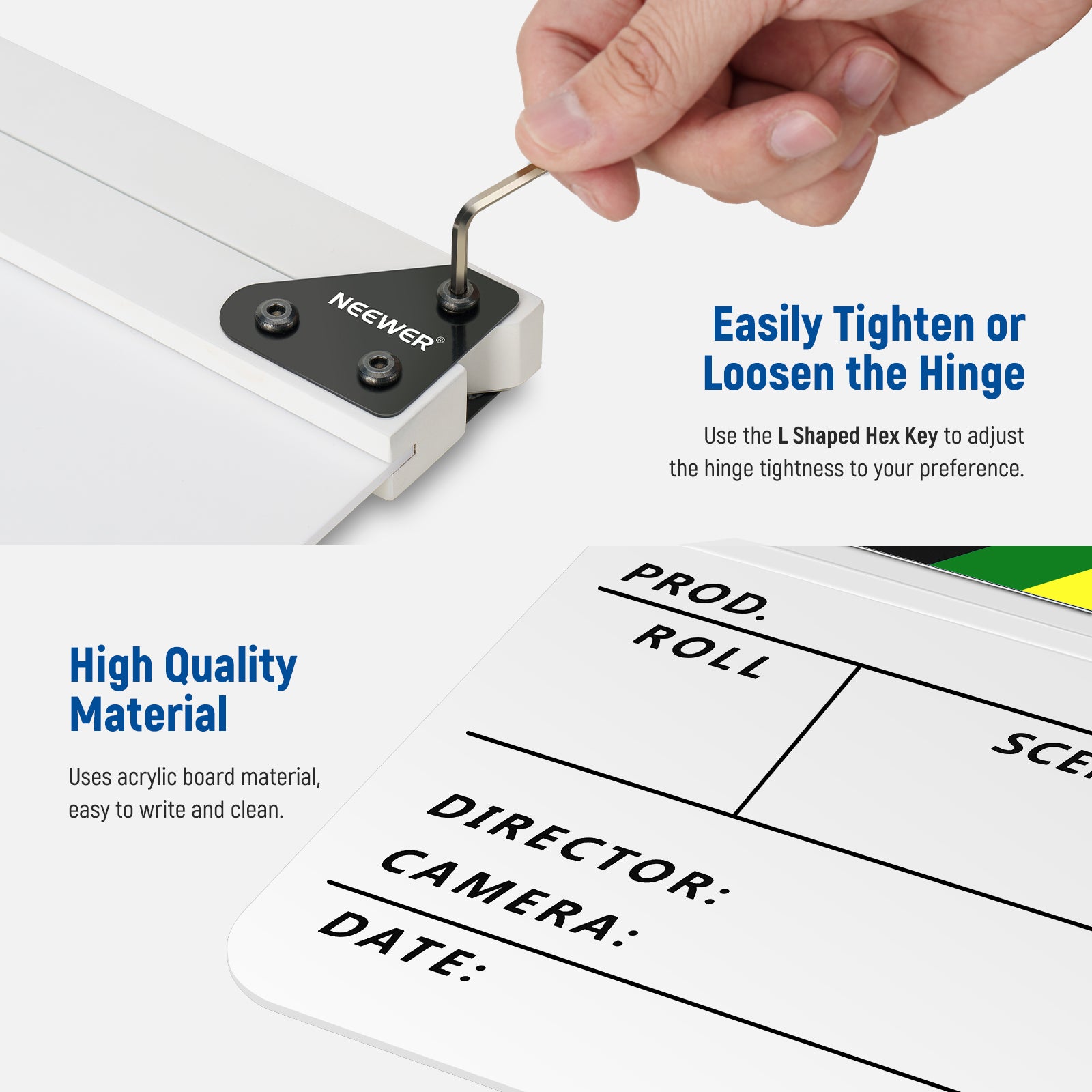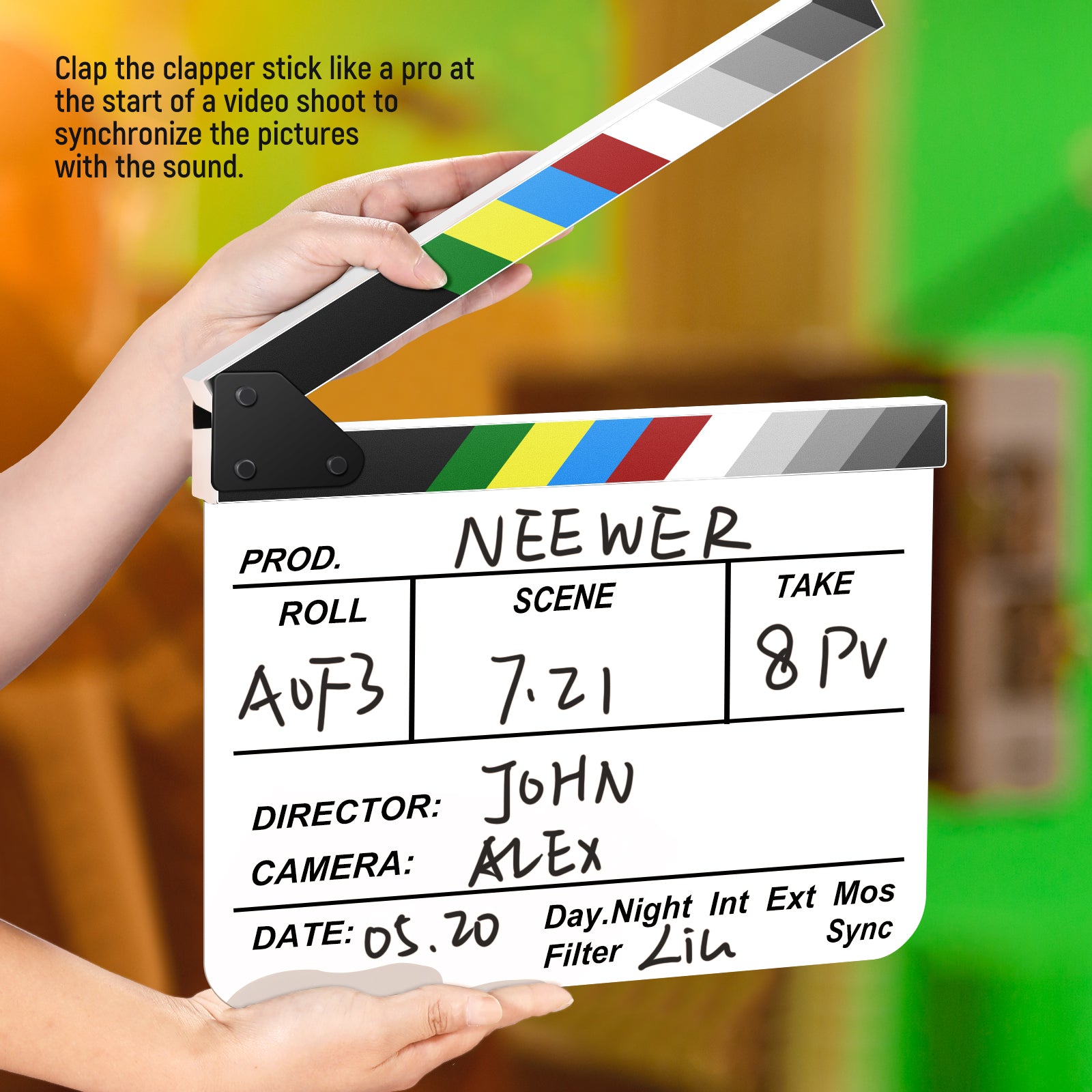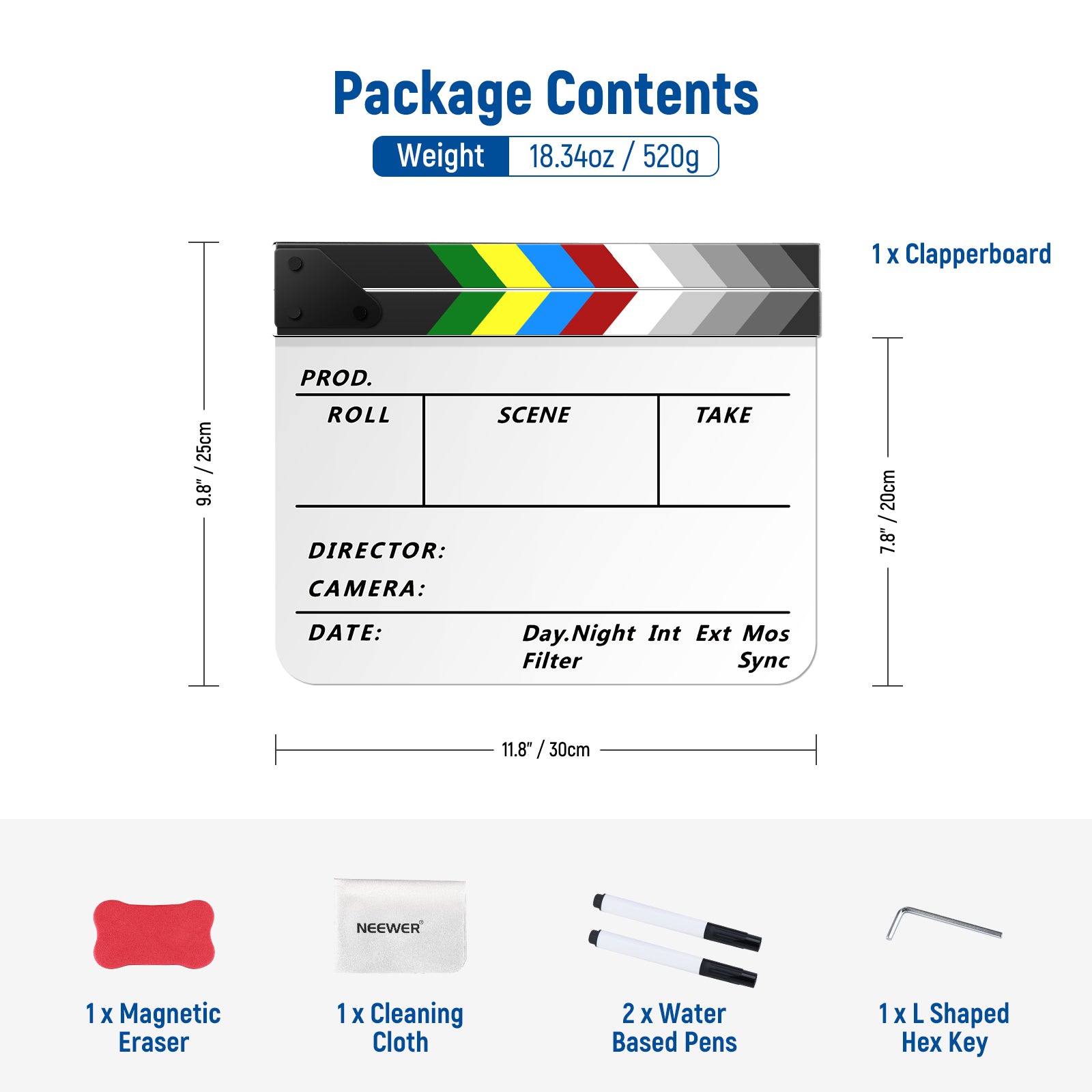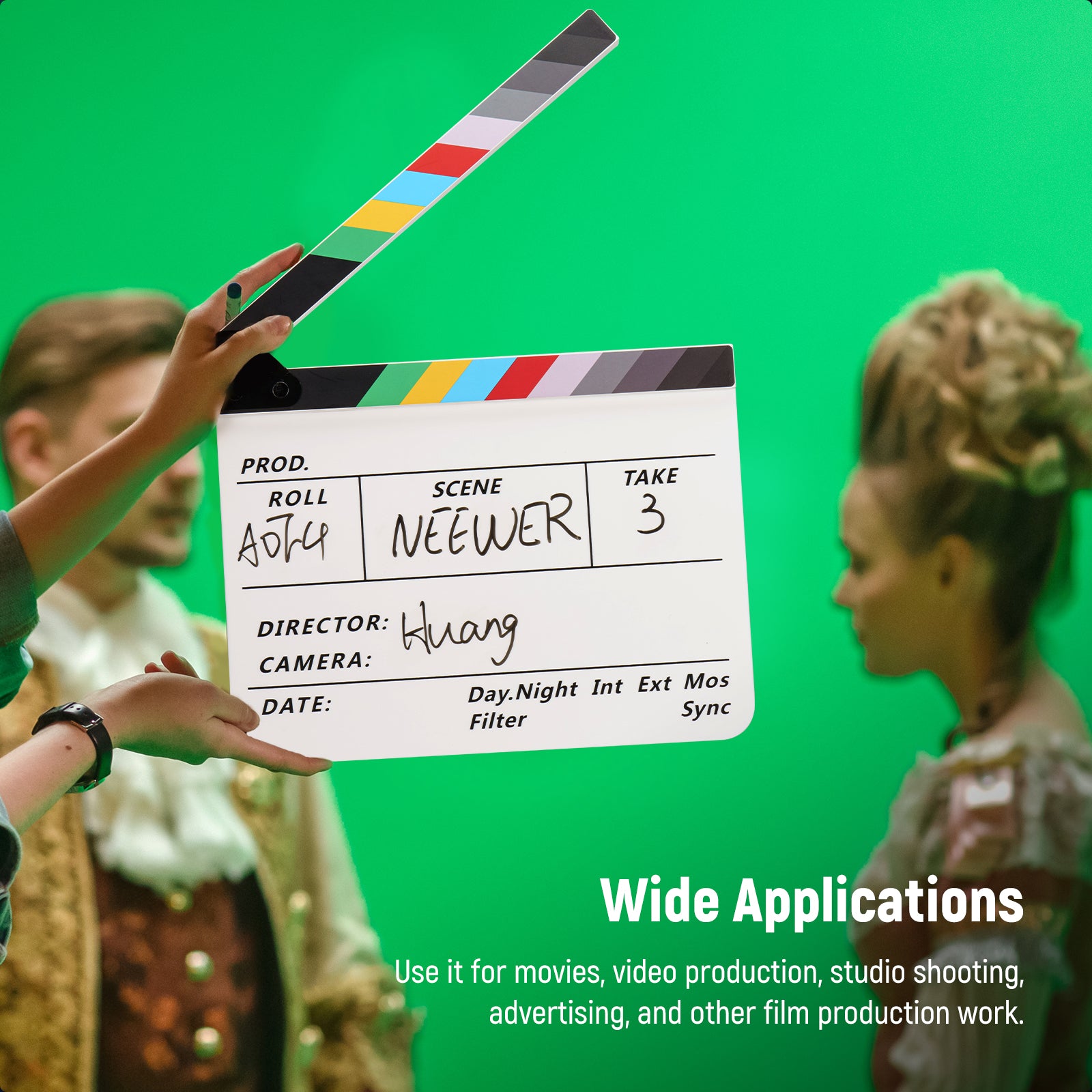Table of Contents
Special effect filters act like a creative shortcut—they help you capture images that are striking, atmospheric, and often impossible to replicate later with the same authenticity. If you want to shoot dramatic works, they will satisfy you. With them, you can enhance the creativity of your photography. This blog post covers everything you need to know about effect filters.
What Are Special Effect Filters?

A Special Effect Filter is a type of camera lens filter designed not just to protect your lens or control light, but to creatively transform the look of your photos and videos right in-camera. Unlike standard UV or ND filters, which serve mostly technical purposes, special effect filters are about adding artistic touches without relying on heavy post-production editing. They help you experiment, push beyond the ordinary, and achieve results that can feel cinematic, nostalgic, or otherworldly, all while shooting.
For example, depending on the filter you choose, you can create starburst highlights from point light sources, add dreamy soft focus to portraits, produce rainbow-like flares, or even simulate motion and surreal distortions. Photographers and videographers use them to give their images a unique, signature style that stands out immediately.
What Do Special Effect Filters Do in Photography?

Special effect filters let photographers shape mood, atmosphere, and style directly at the moment of capture. Instead of just recording reality as it is, these filters allow you to bend it toward a specific creative vision.
1. Enhance Light in Artistic Ways
One of the most exciting things special effect filters can do is transform the way light behaves in your photos. For example, a star filter can take small points of light, like street lamps or holiday decorations, and turn them into dramatic starburst shapes with four, six, or even eight rays. Prism filters bend and split light into rainbow-like refractions, while kaleidoscope filters duplicate and scatter subjects for surreal, dreamlike compositions. These effects are difficult to reproduce convincingly in editing software because the way the filter interacts with real light is unique. By using them in-camera, you can immediately capture images that feel more dynamic, eye-catching, and full of life. For photographers who love experimenting with creativity, these filters open up possibilities that go far beyond traditional photography.
2. Add Drama and Flair
When photographers want to make their images stand out, special effect filters can add bold visual elements that immediately grab attention. Rainbow filters introduce colorful streaks across the frame when light hits at the right angle, while streak filters stretch highlights into cinematic horizontal or vertical lines. These dramatic touches are especially effective in music videos, fashion shoots, or nightlife photography, where creativity and atmosphere are more important than realism. Using these filters in-camera gives you authentic flares and reflections that editing software often struggles to mimic naturally. The unpredictability of light interacting with glass adds character to every shot, ensuring that no two images look exactly the same. If your goal is to create photography that feels vibrant, stylized, and memorable, these filters deliver instant visual impact without hours of digital manipulation.
3. Create Mood and Softness

Special effect filters also play a key role in shaping the emotional tone of an image. Diffusion, soft focus, or mist filters scatter light just enough to soften hard edges, reduce contrast, and add a gentle glow to highlights. This creates a dreamy, cinematic mood that is especially flattering for portraits, wedding photography, and romantic scenes. The softness makes skin tones look smoother and more natural, while still preserving detail where it matters. Instead of harsh, clinical sharpness, your photos gain a subtle atmosphere that feels warmer and more inviting. Many filmmakers use these filters for the same reason—they produce an organic glow that digital cameras often struggle to replicate. The result is a photo or video that feels less like raw documentation and more like a crafted piece of art.
4. Save Time and Keep it Authentic
Another major benefit of special effect filters is how much time they save in post-production while keeping results authentic. Editing software can mimic certain looks, but often it feels artificial or takes hours to get right. With the right filter on your lens, the effect happens instantly and looks natural because it’s created with real light passing through glass. This also means what you see on the camera’s screen is close to the final result, allowing you to make creative decisions on the spot instead of later on the computer. Many photographers also prefer the authenticity of capturing effects in-camera because it keeps their work grounded in real-world conditions. Whether you’re shooting for a client, a creative project, or social media, filters let you produce unique, stylized images faster and with more genuine results.
Types of Special Effect Filters
|
Filter Type |
What It Does |
Best For |
|
Star Filter |
Turns point light sources into starburst patterns with 4, 6, or 8 rays. |
Night photography, cityscapes, holiday lights, concert photography. |
|
Prism / Kaleidoscope |
Splits and refracts light to create rainbow flares or multiple overlapping images. |
Creative portraits, surreal effects, music videos, experimental photography. |
|
Softens sharpness, lowers contrast, and creates a dreamy glow around highlights. |
Portraits, weddings, cinematic filmmaking, lifestyle photography. |
|
|
Rainbow / Flare |
Introduces colorful streaks, halos, or reflections when light hits at an angle. |
Artistic photography, music videos, creative portraits, festival shoots. |
|
Soft Focus Filter |
Adds a gentle blur across the frame while preserving subject detail. |
Glamour photography, vintage-style portraits, romantic scenes. |
|
Creates glowing circular halos around bright light sources for a magical look. |
Portraits, night photography, wedding shots, cinematic scenes. |
|
|
Adds strong color tones (red, blue, yellow, etc.) directly to your image. |
Stylized shoots, creative storytelling, dramatic visual themes. |
Do You Really Need a Special Effect Filter?

If you enjoy experimenting, pushing boundaries, and achieving unique looks without hours of digital manipulation, then the answer is yes—you’ll likely find these filters to be an invaluable part of your kit. They give you effects that feel more authentic than software can replicate because they interact with real light in real time. This immediacy also allows you to make creative choices on set or during a shoot, instead of waiting until you’re behind a computer screen.
However, if you prefer a clean, untouched style, you may not reach for special effect filters as often. But many photographers keep at least one or two in their bag, because even if they’re not everyday tools, they can instantly elevate a shoot when you want to add mood, drama, or a signature artistic touch.

